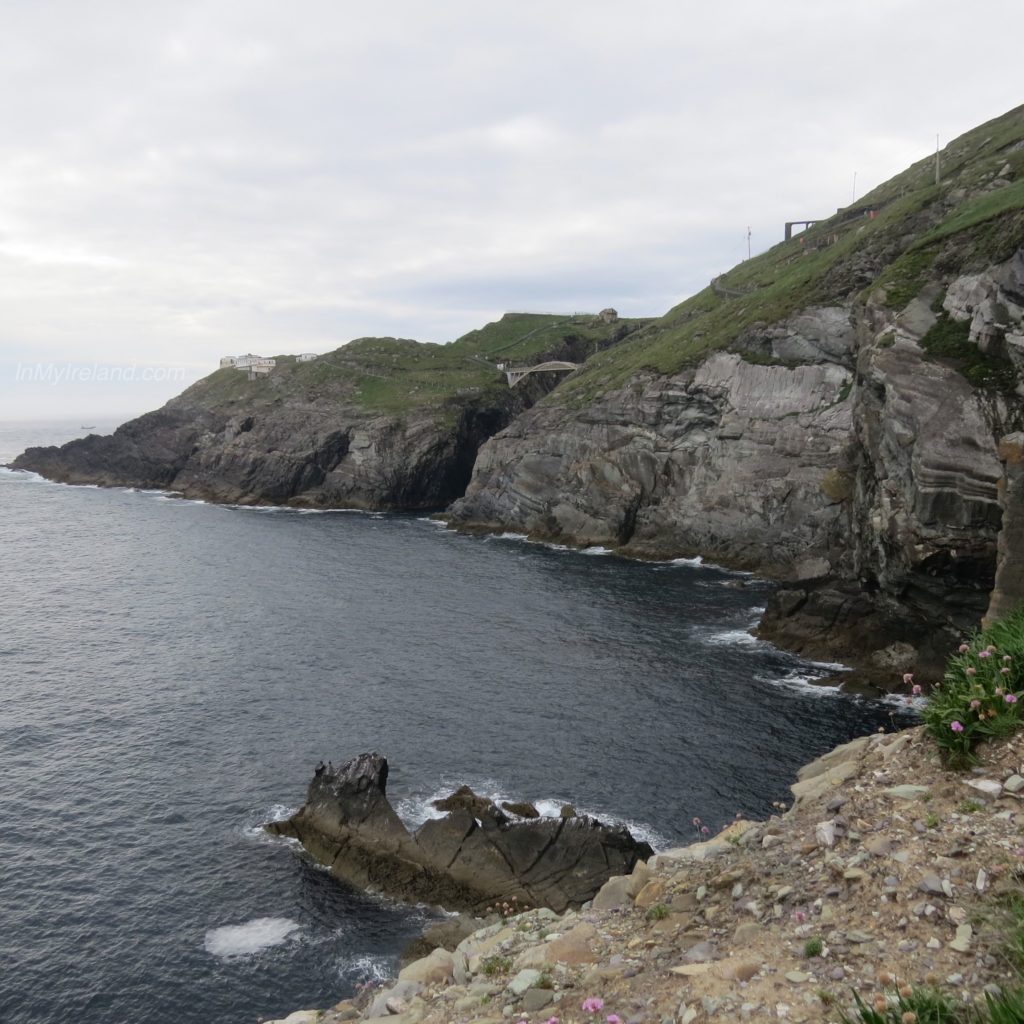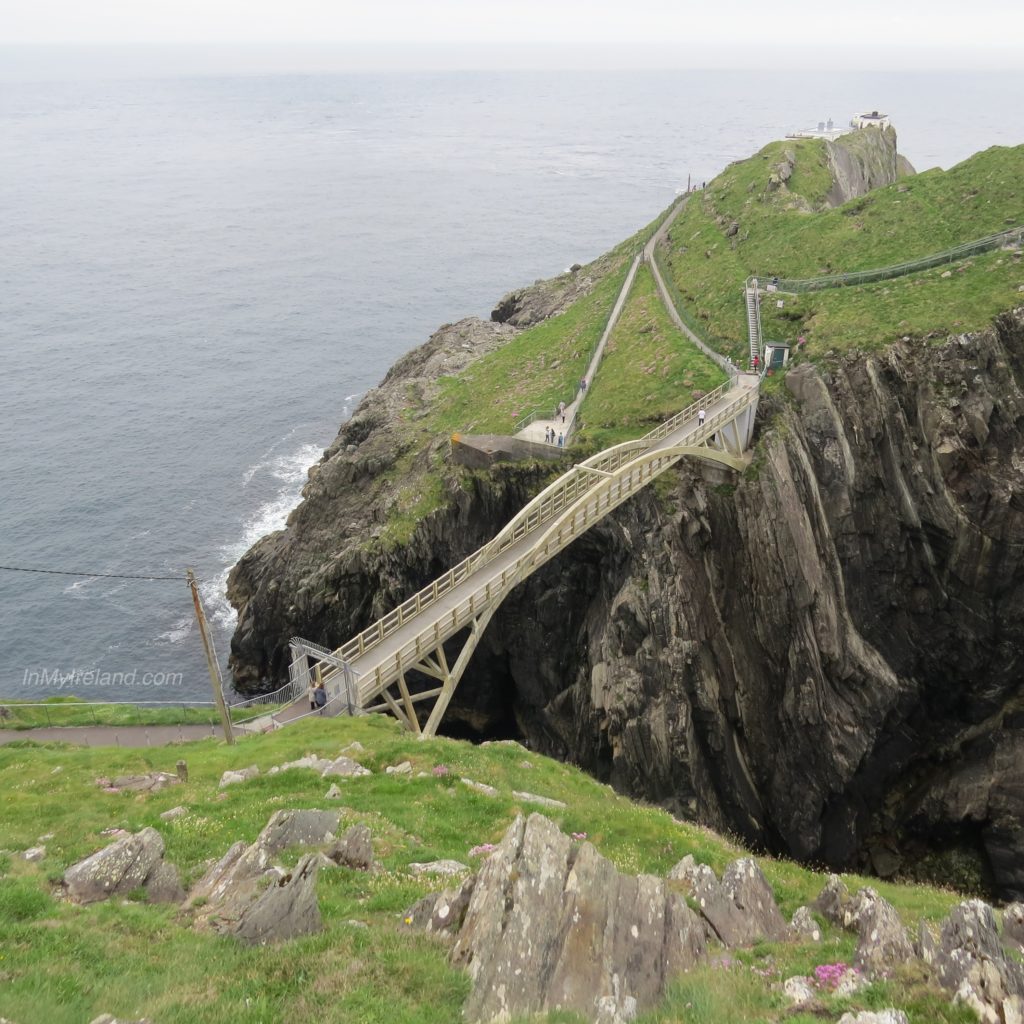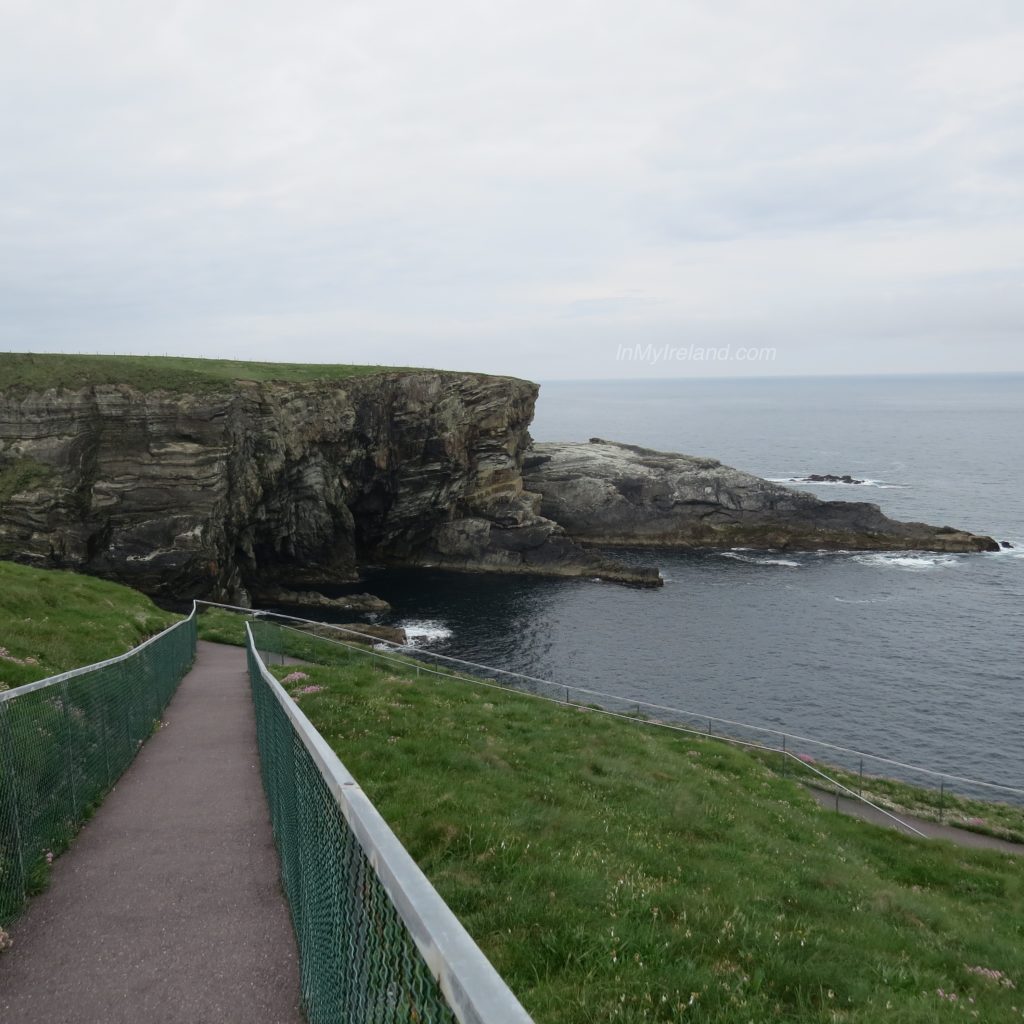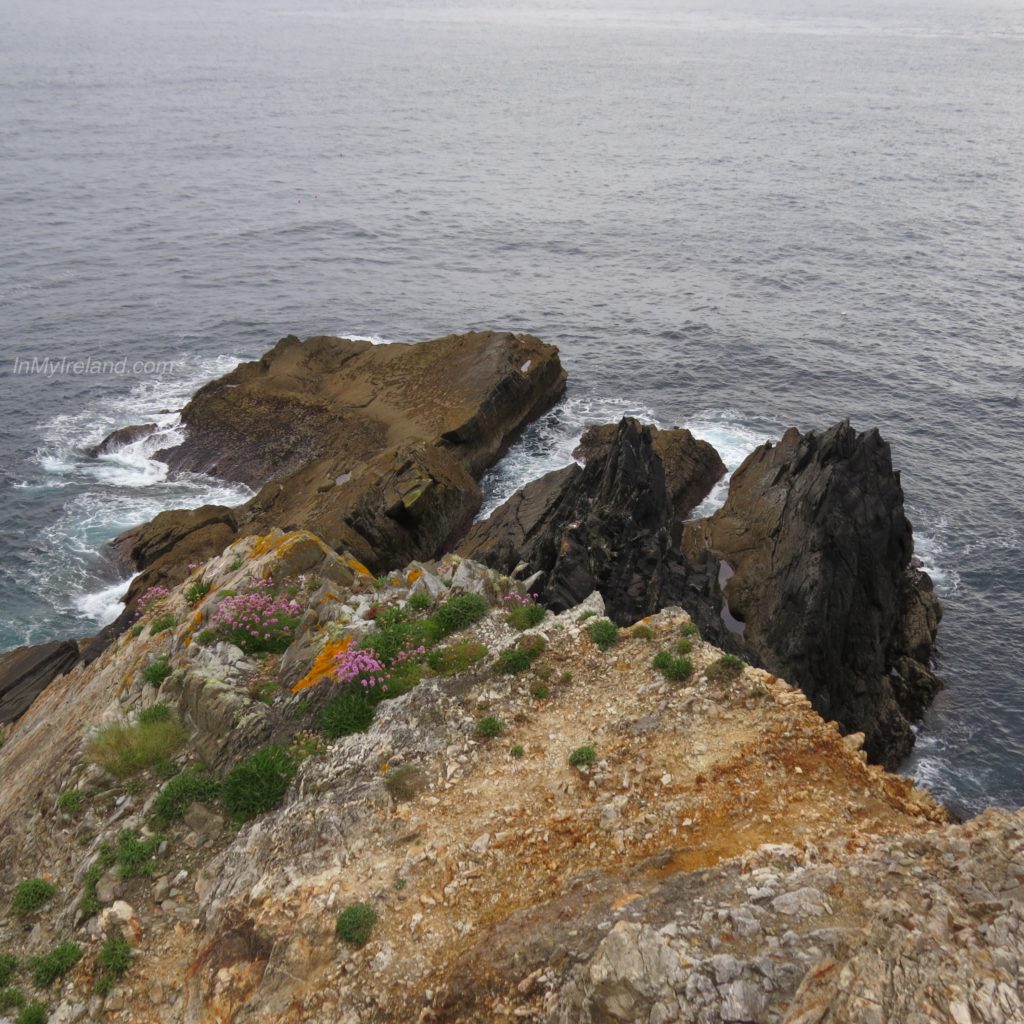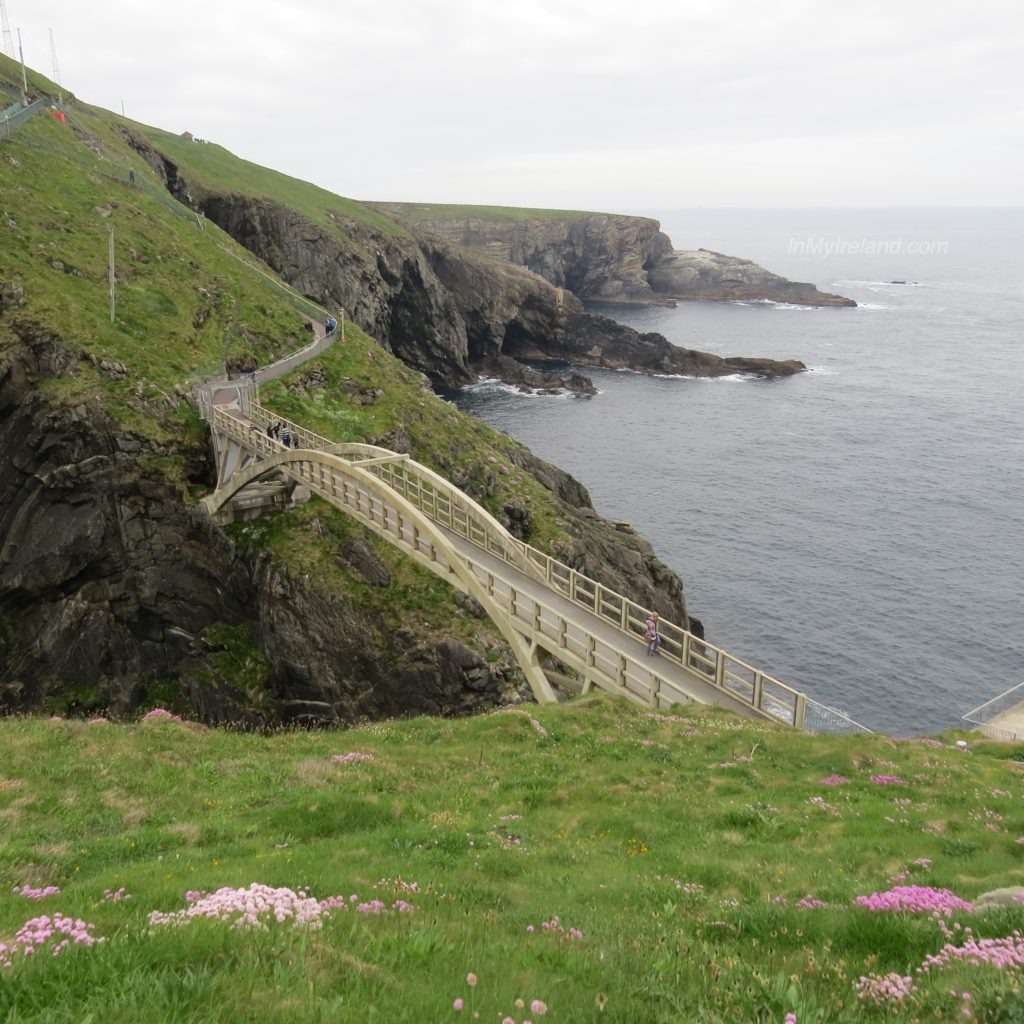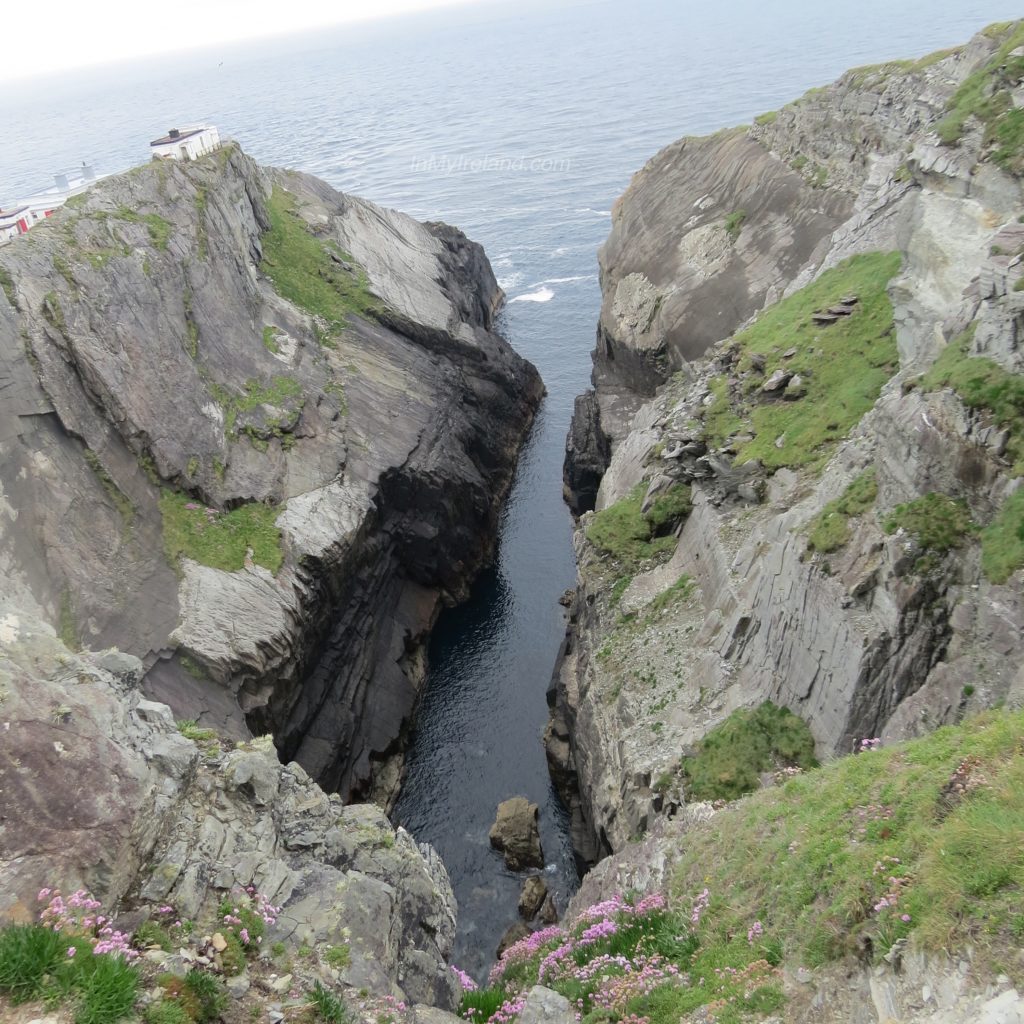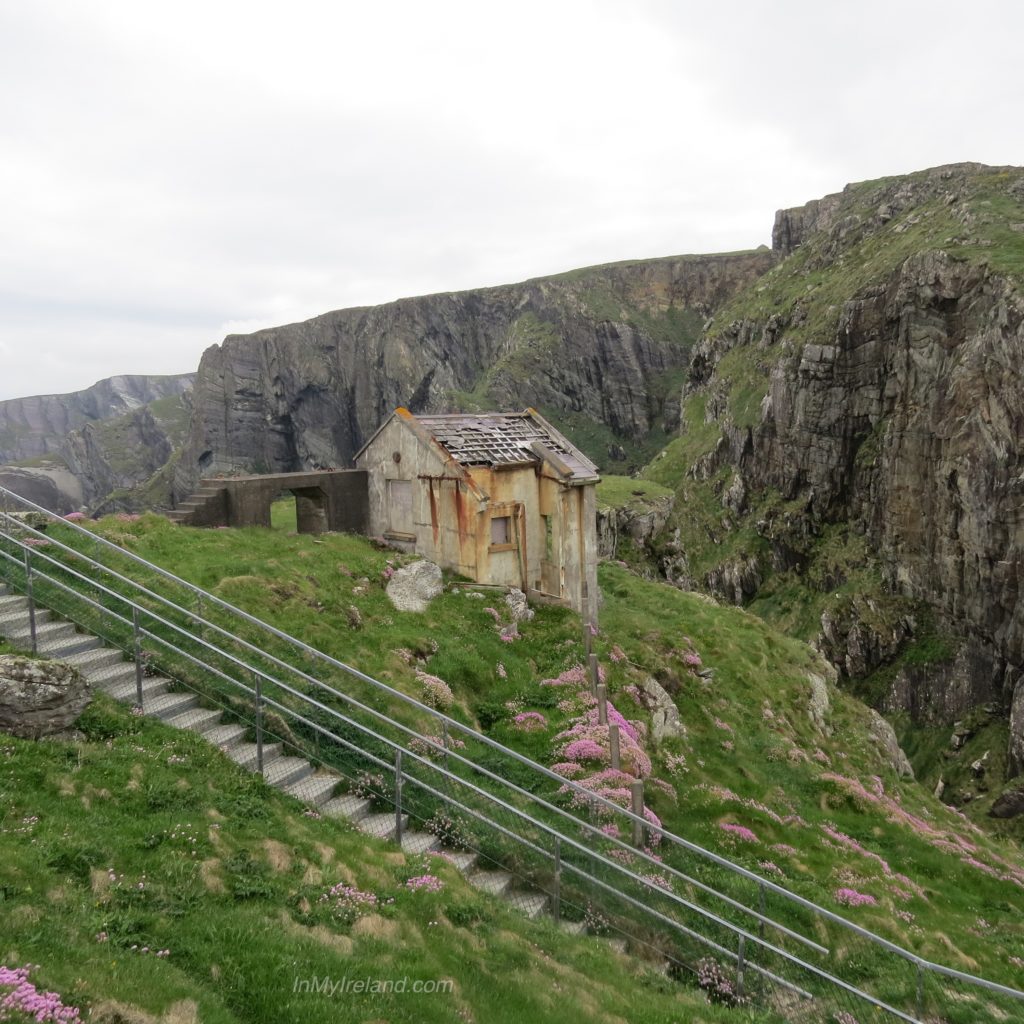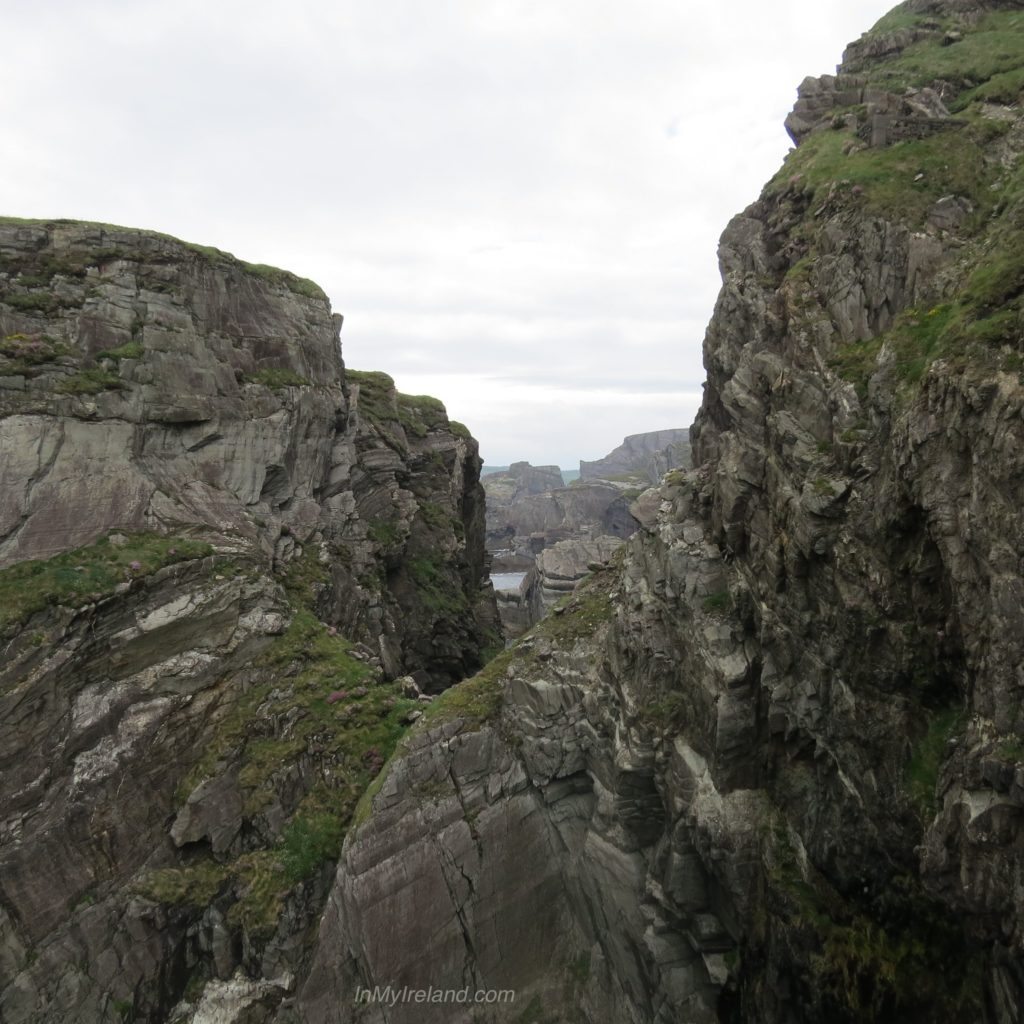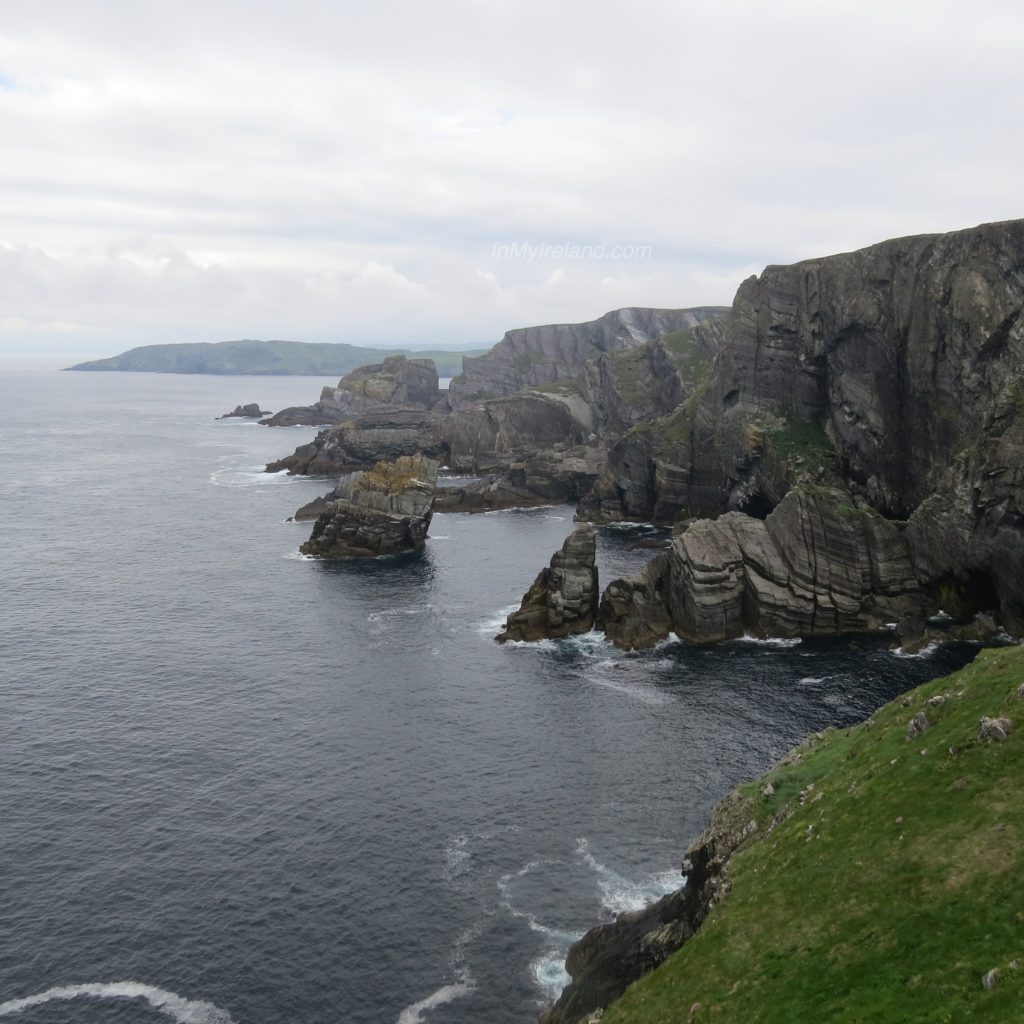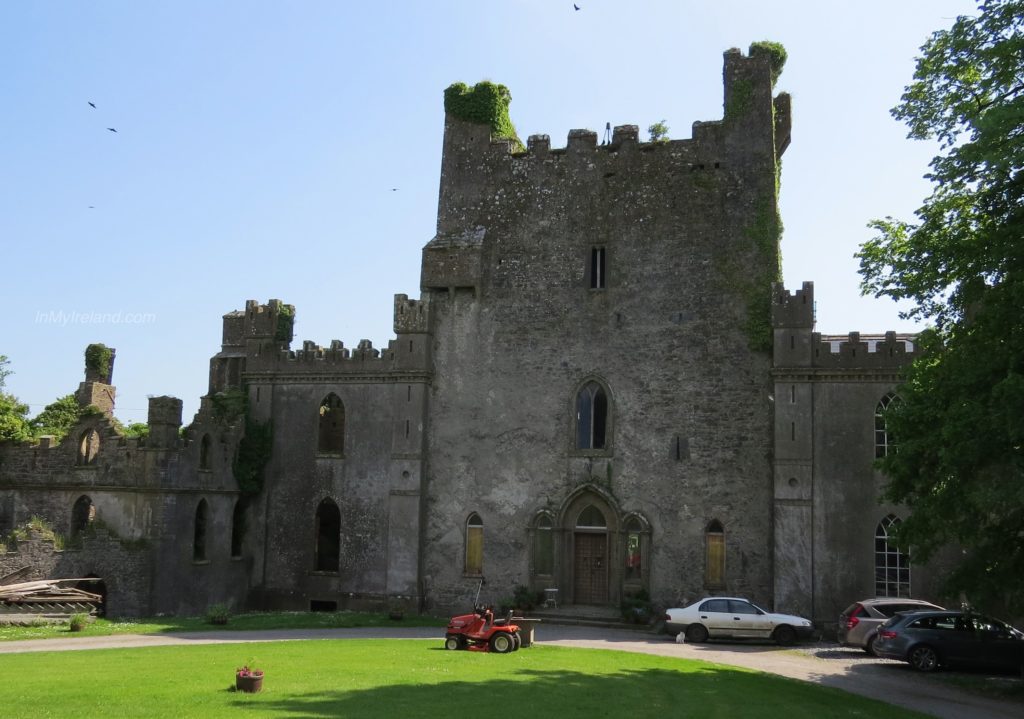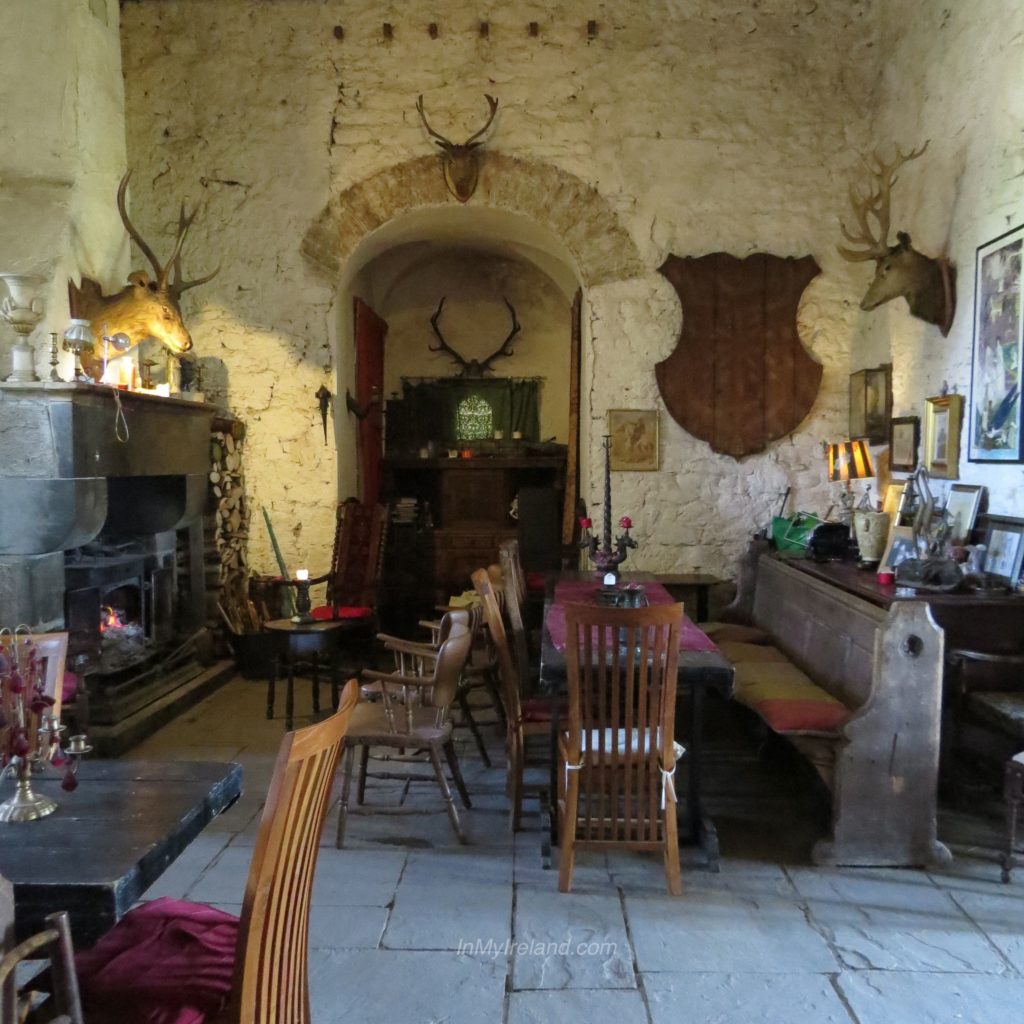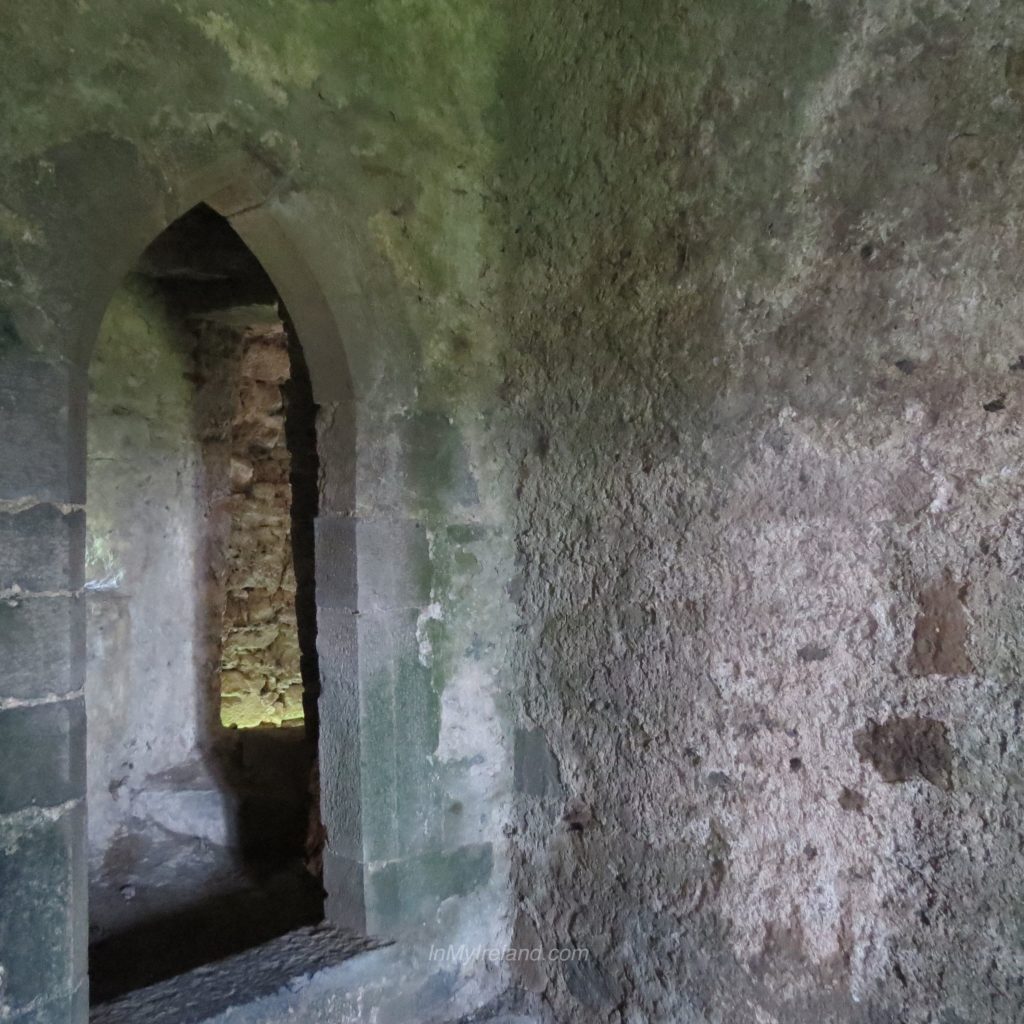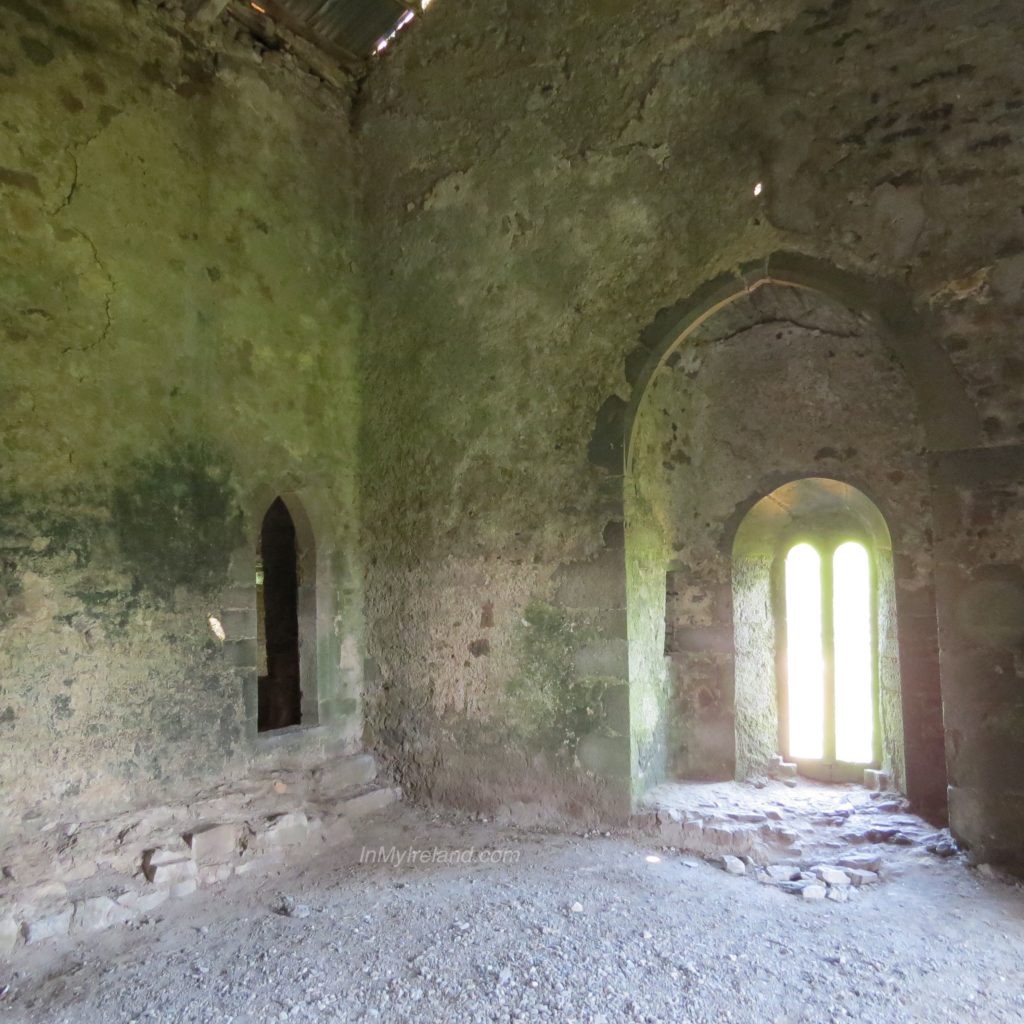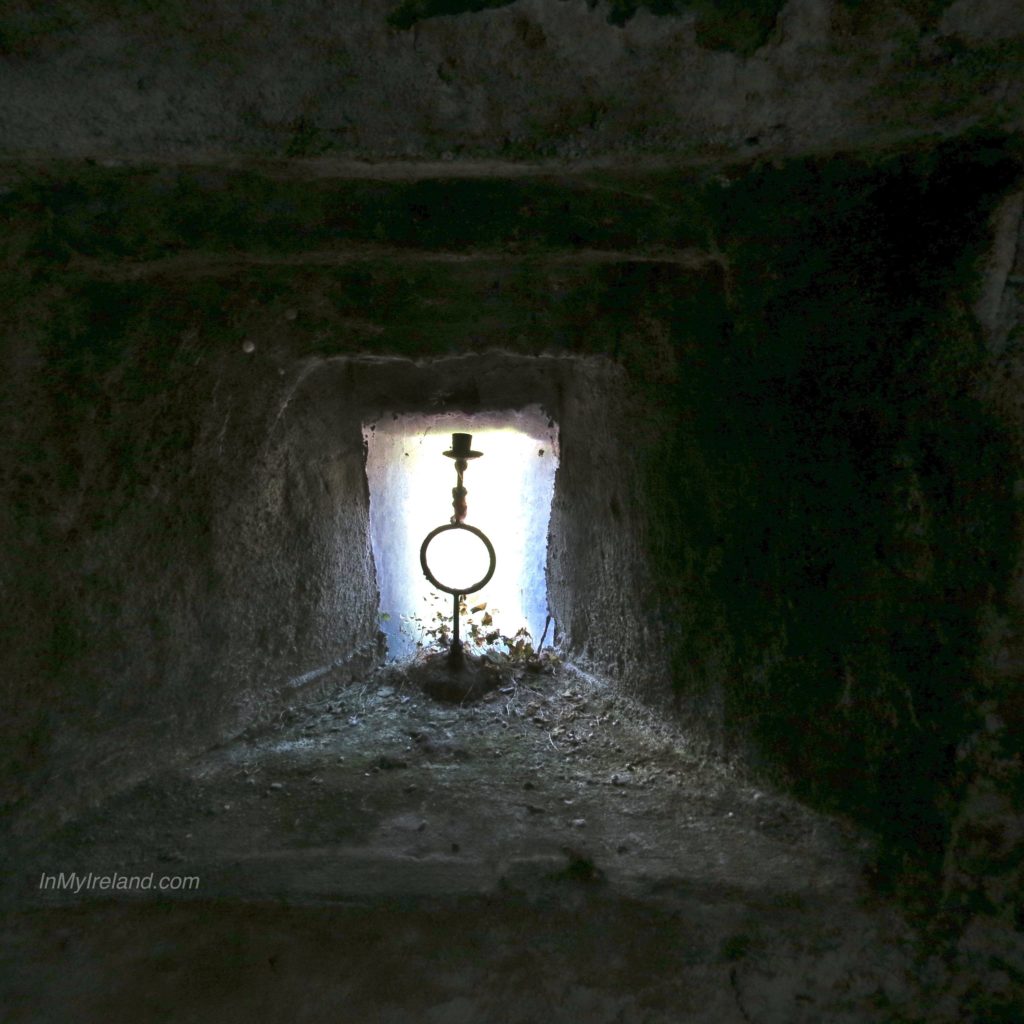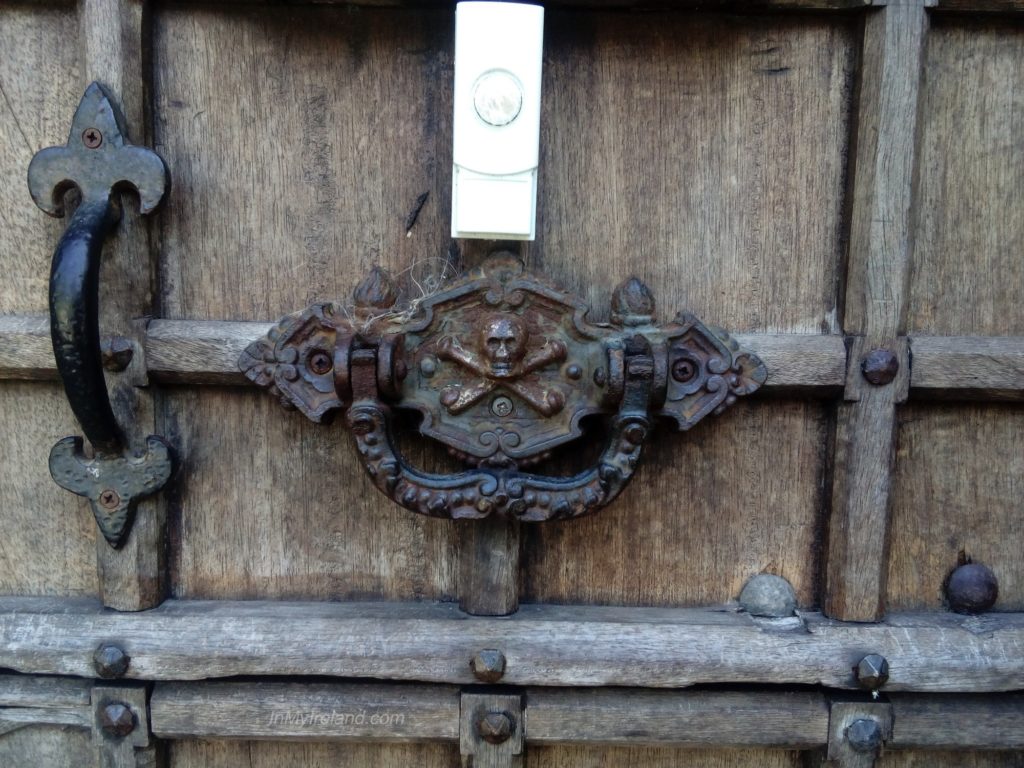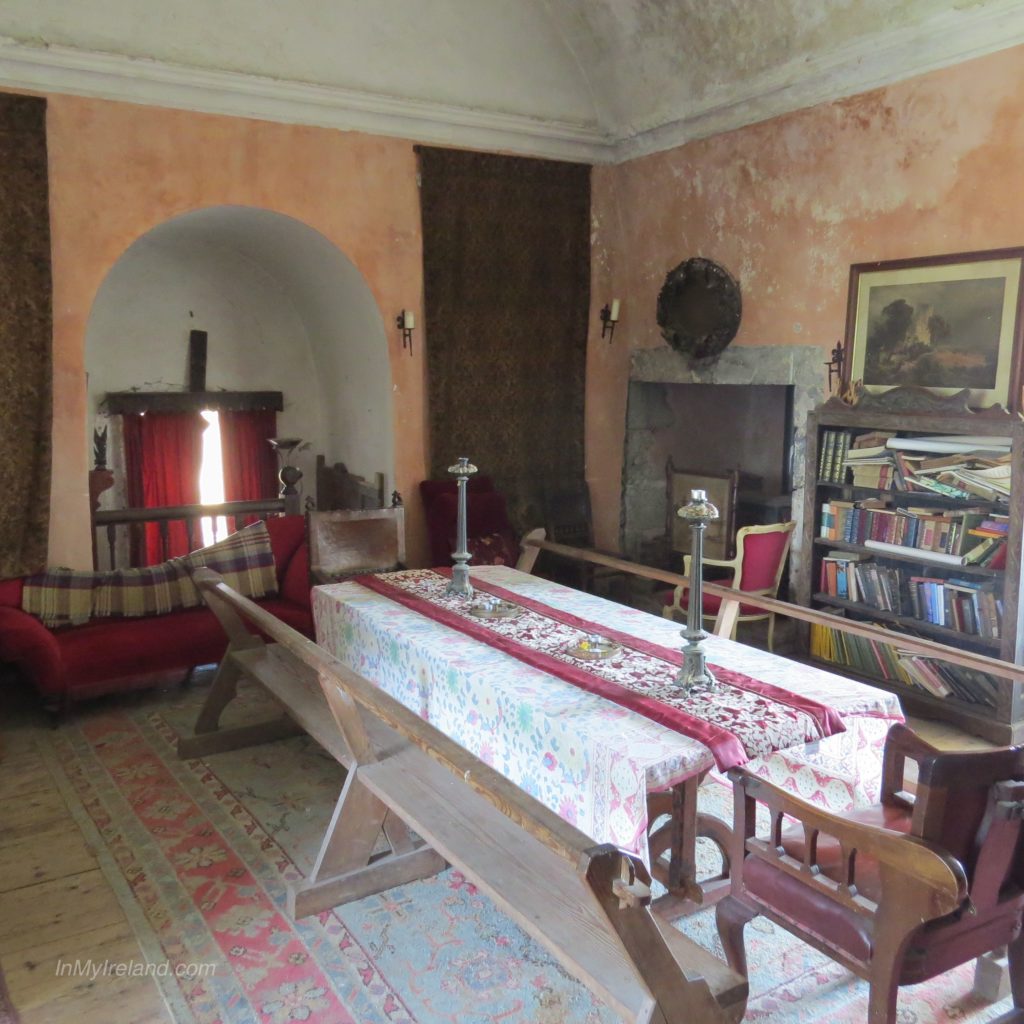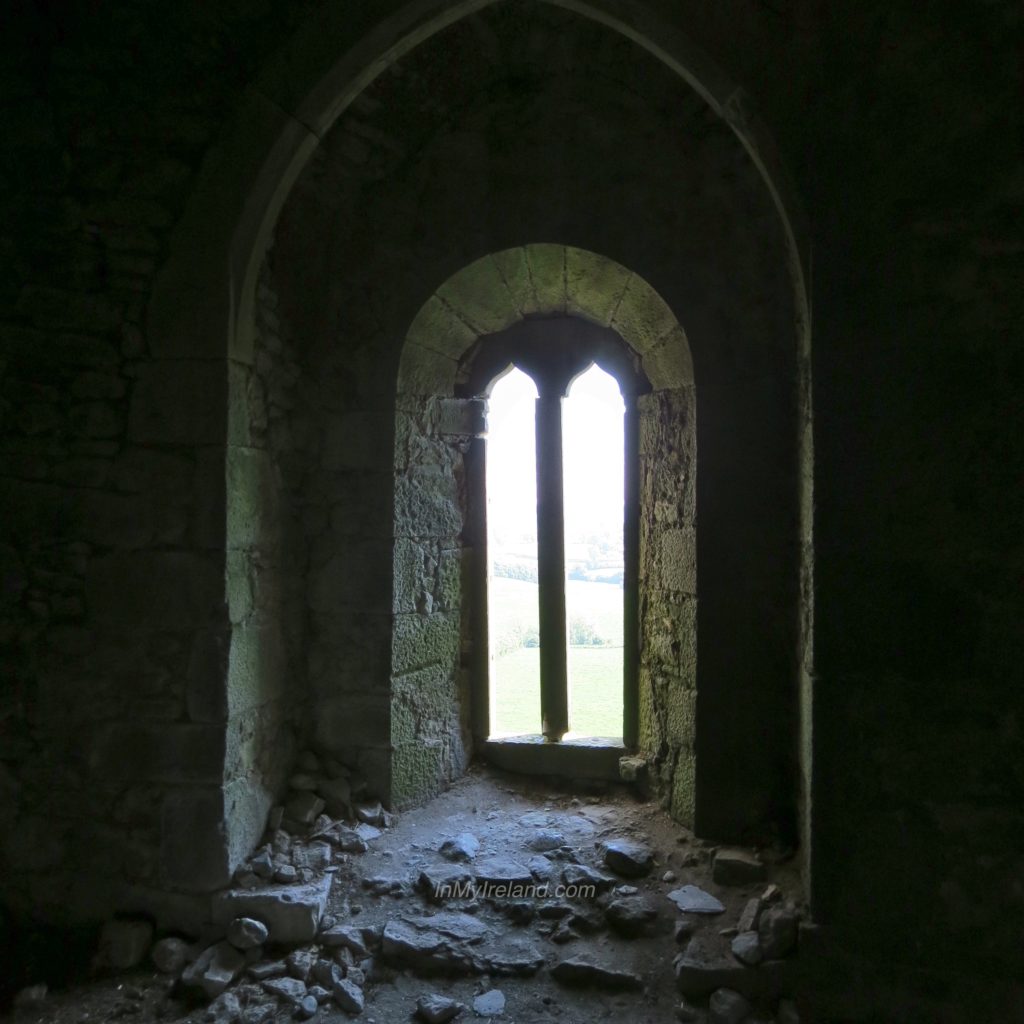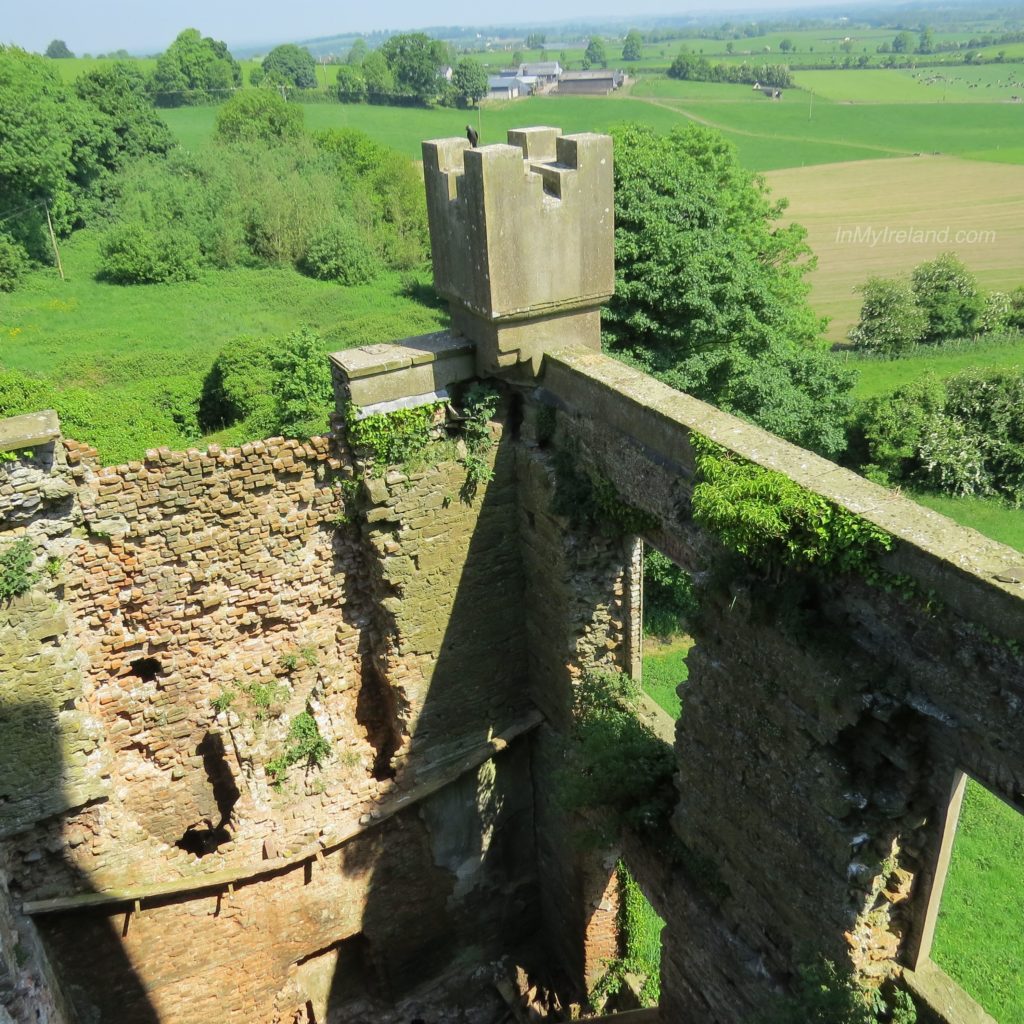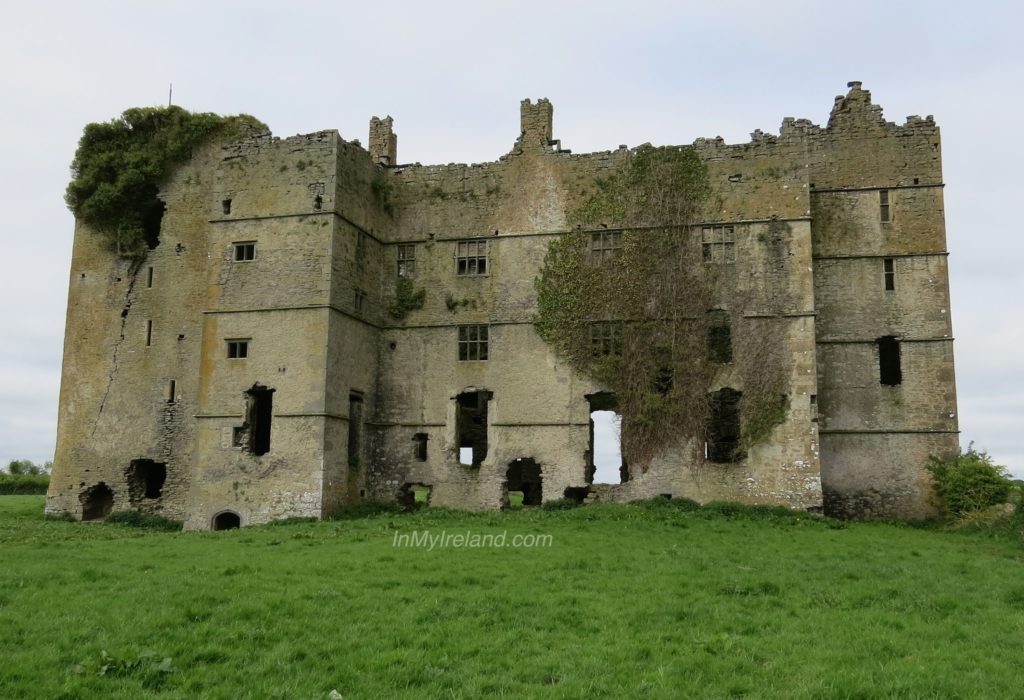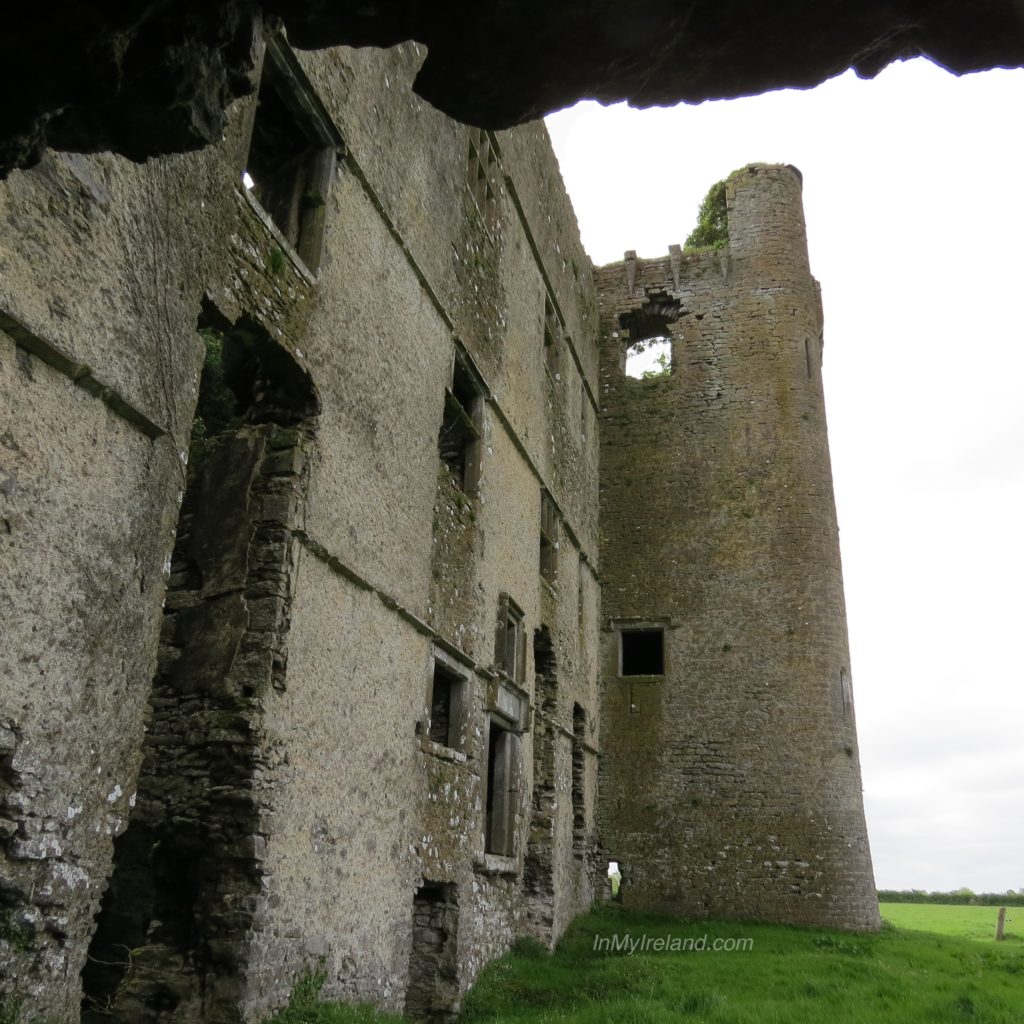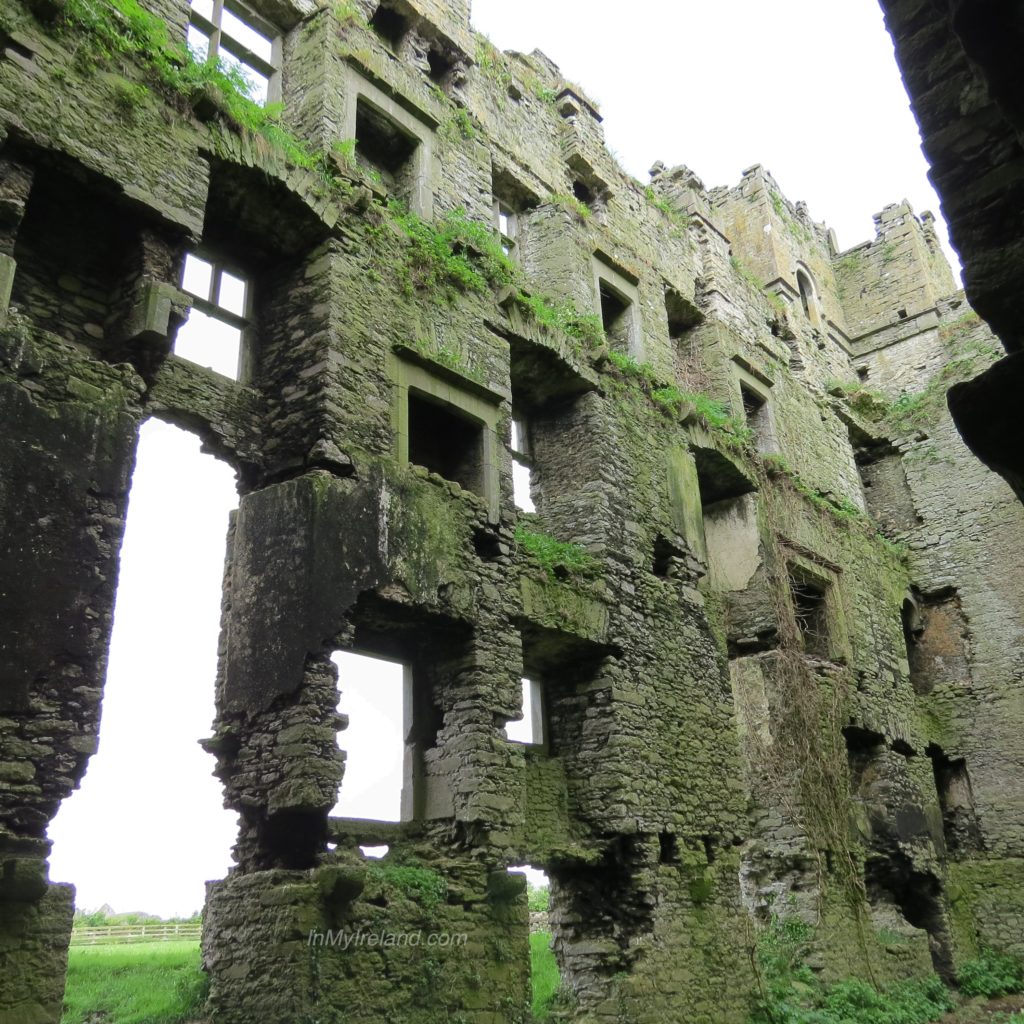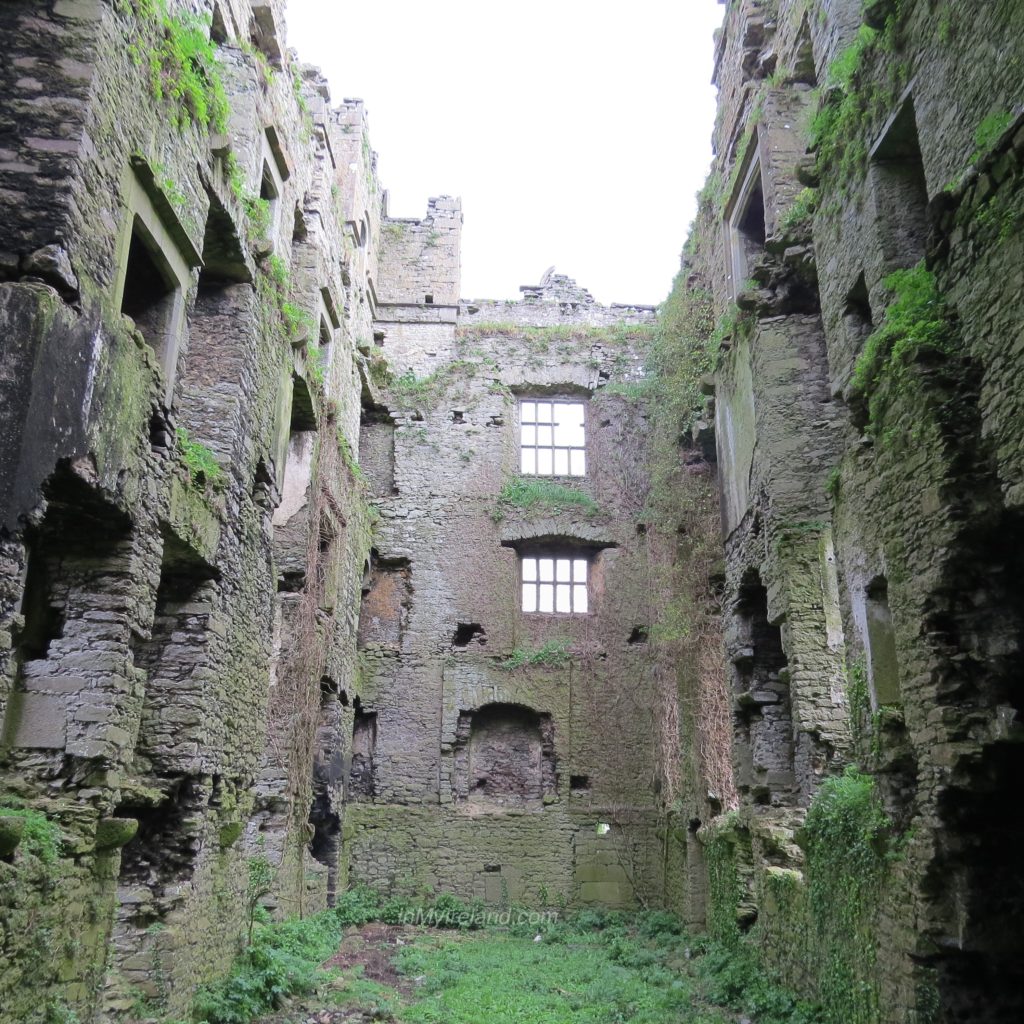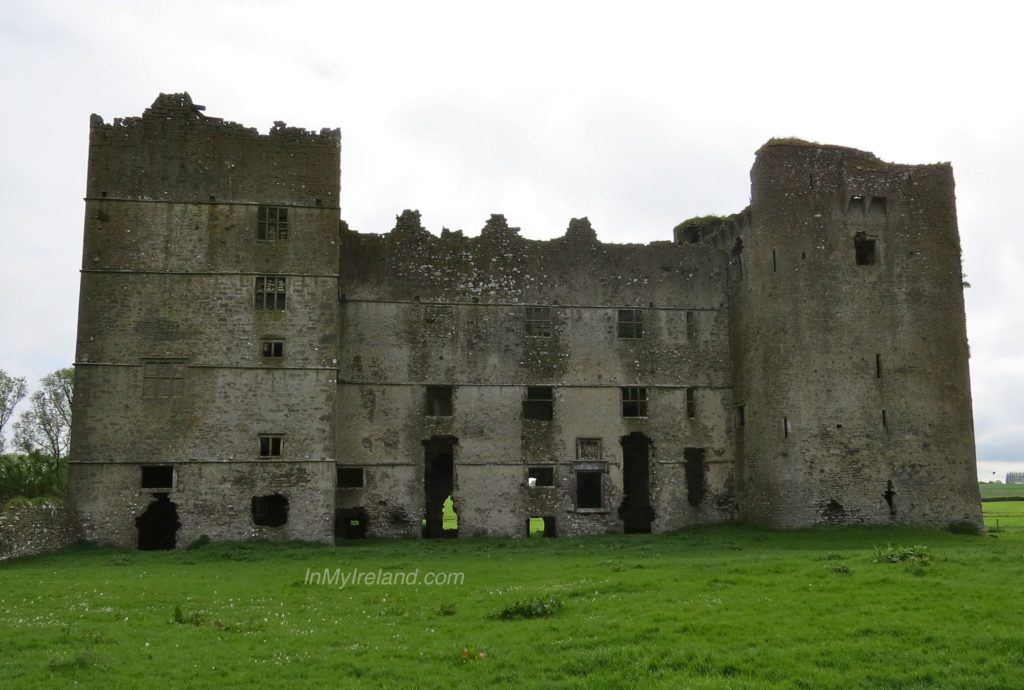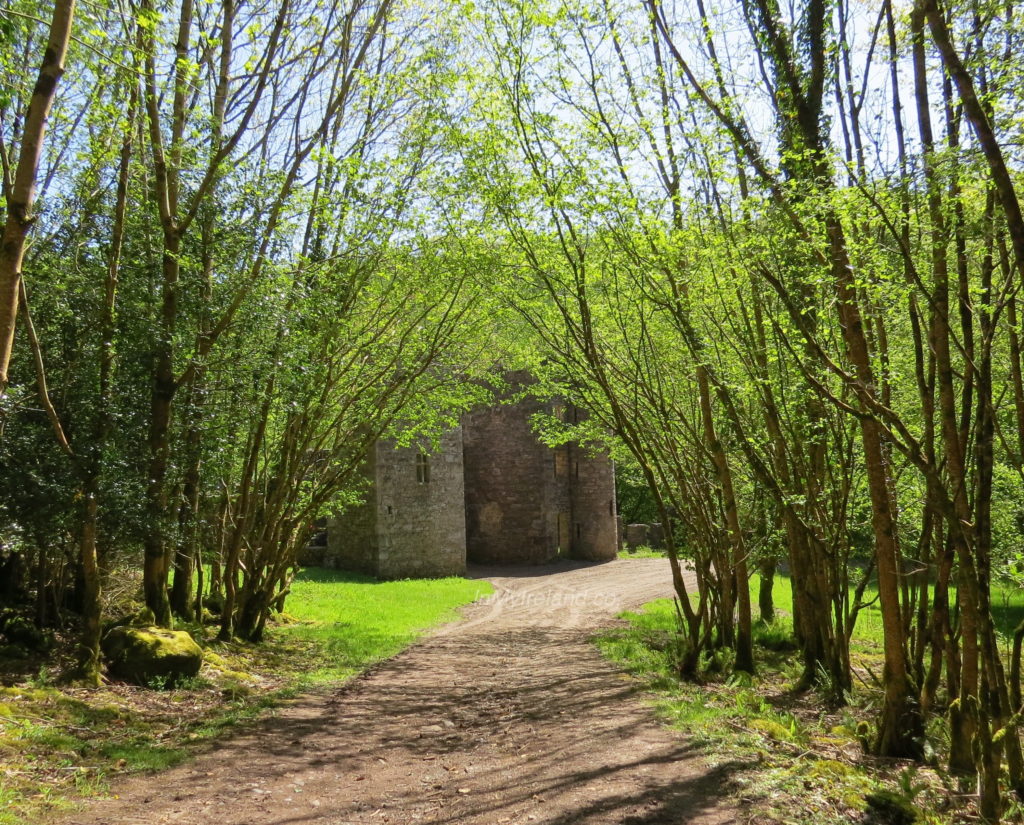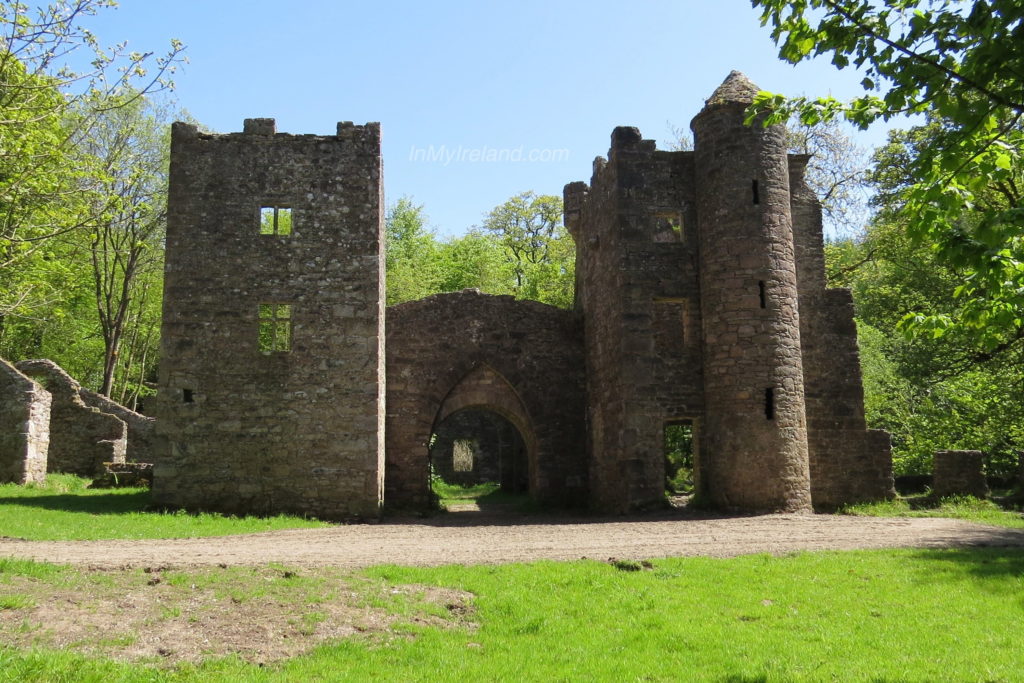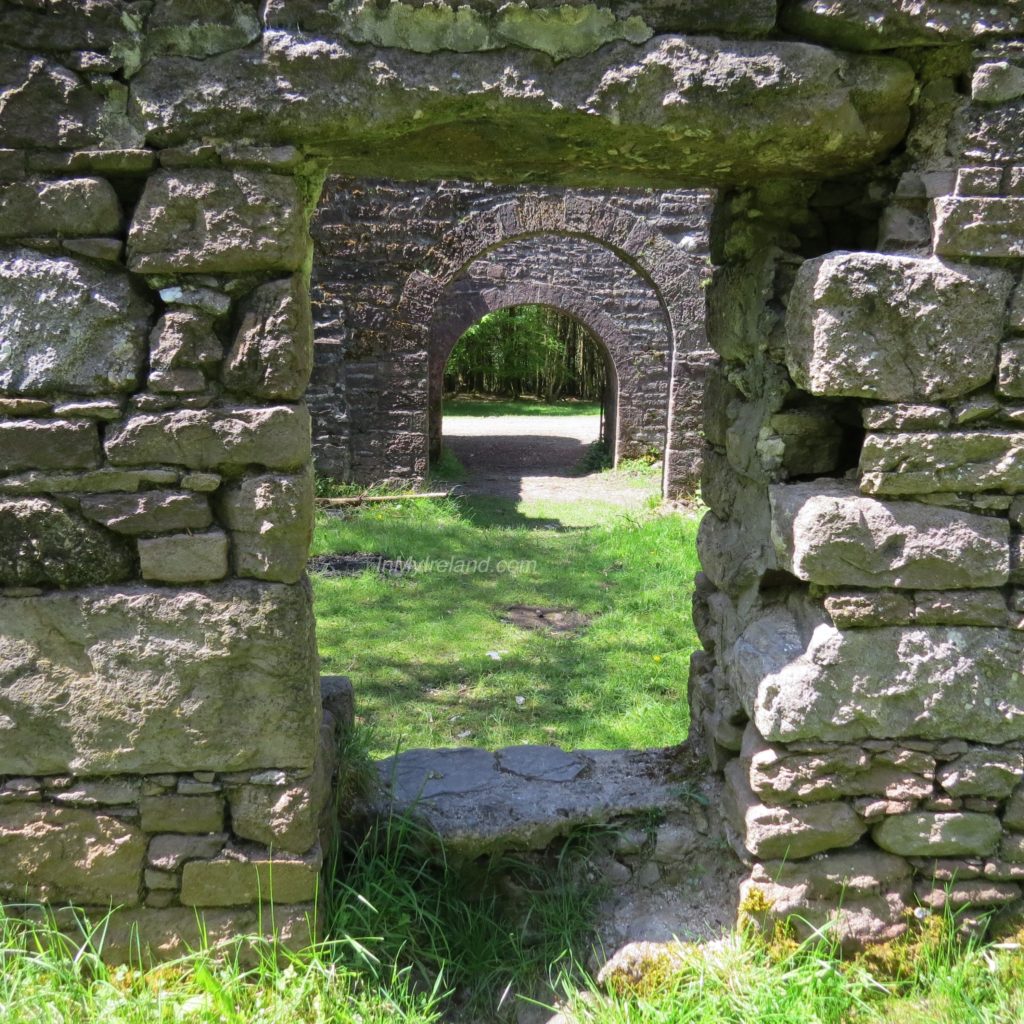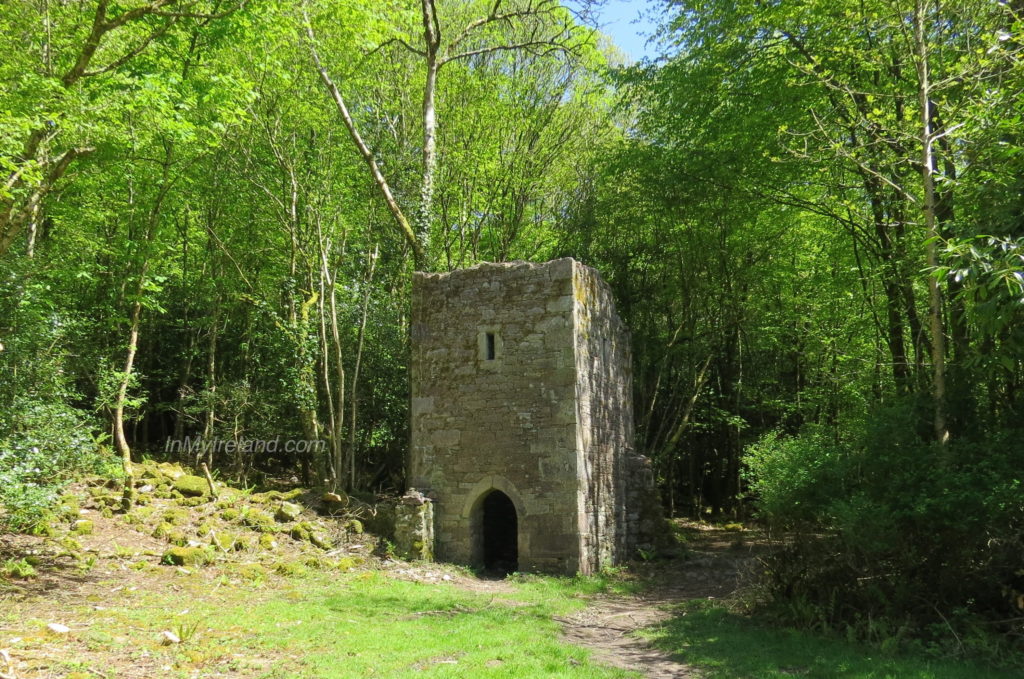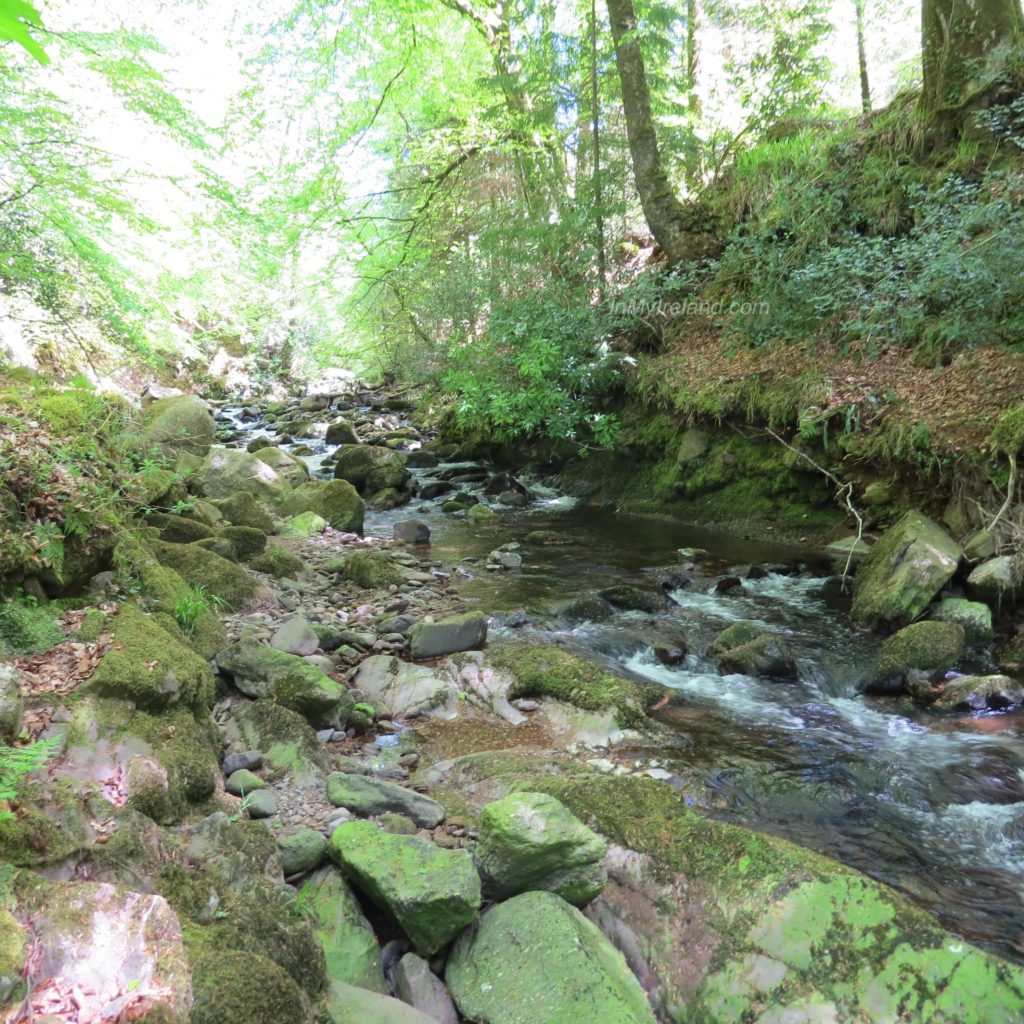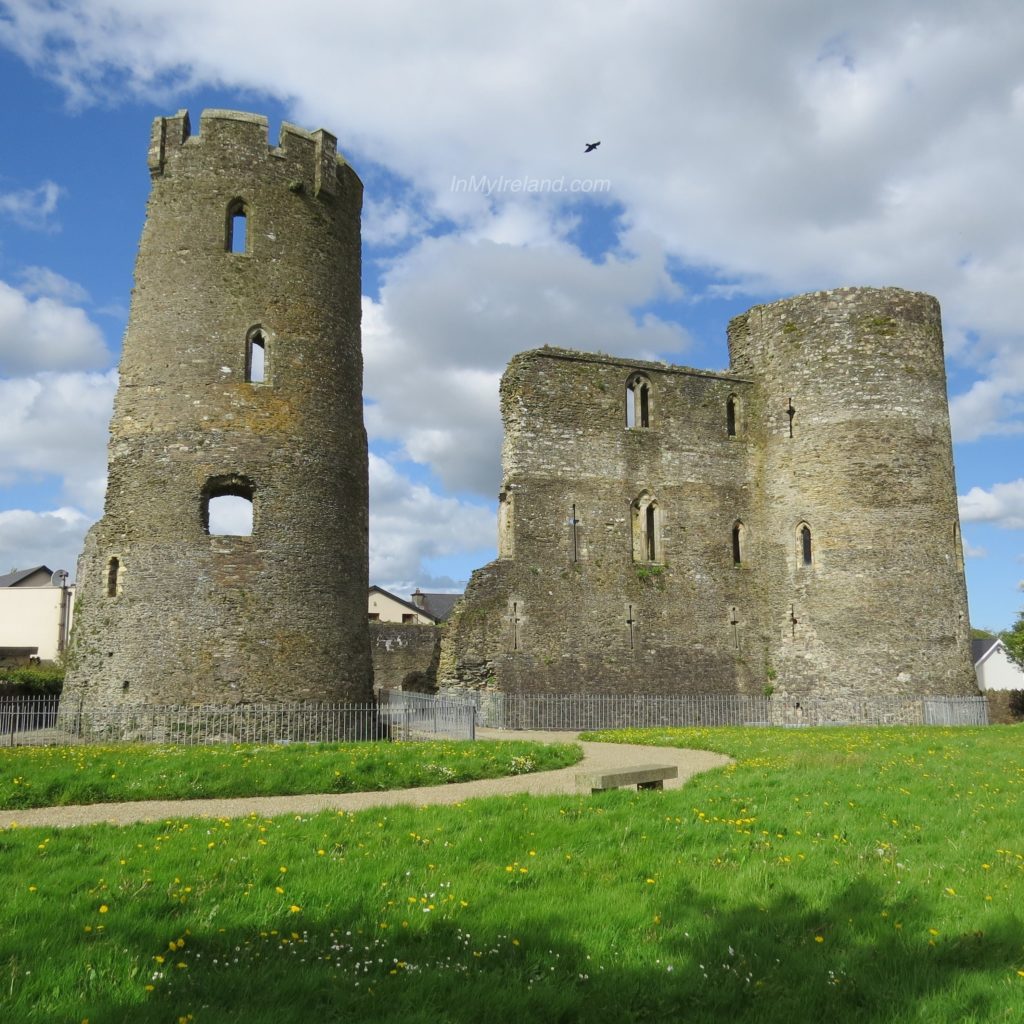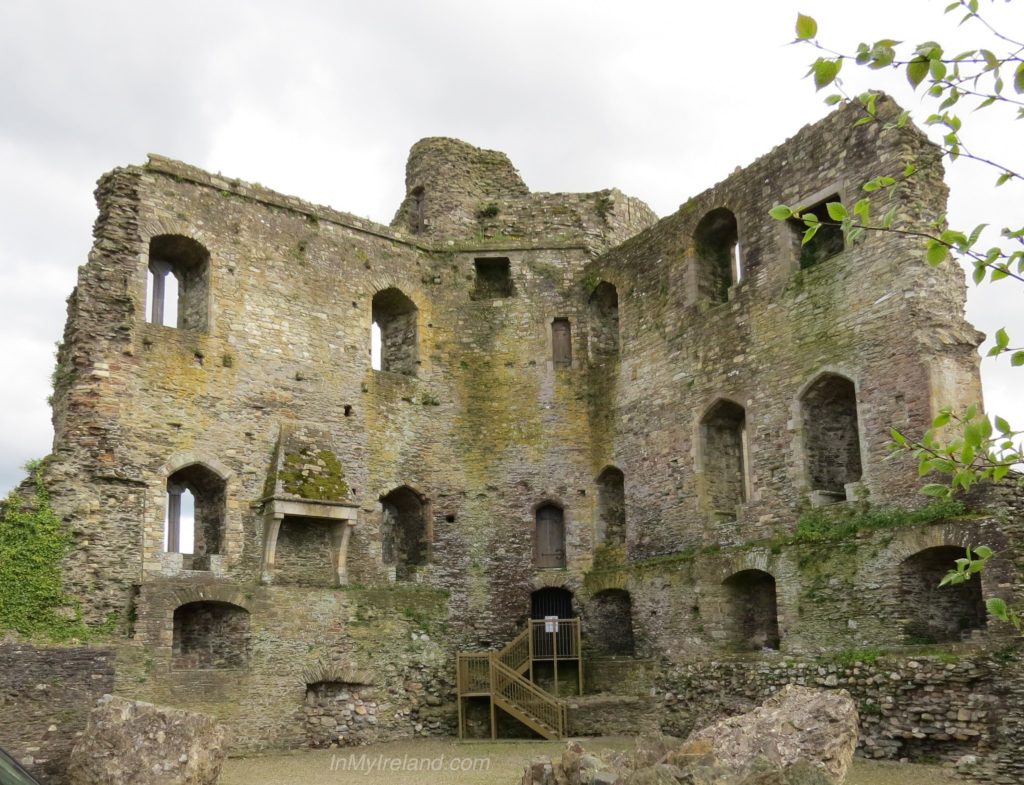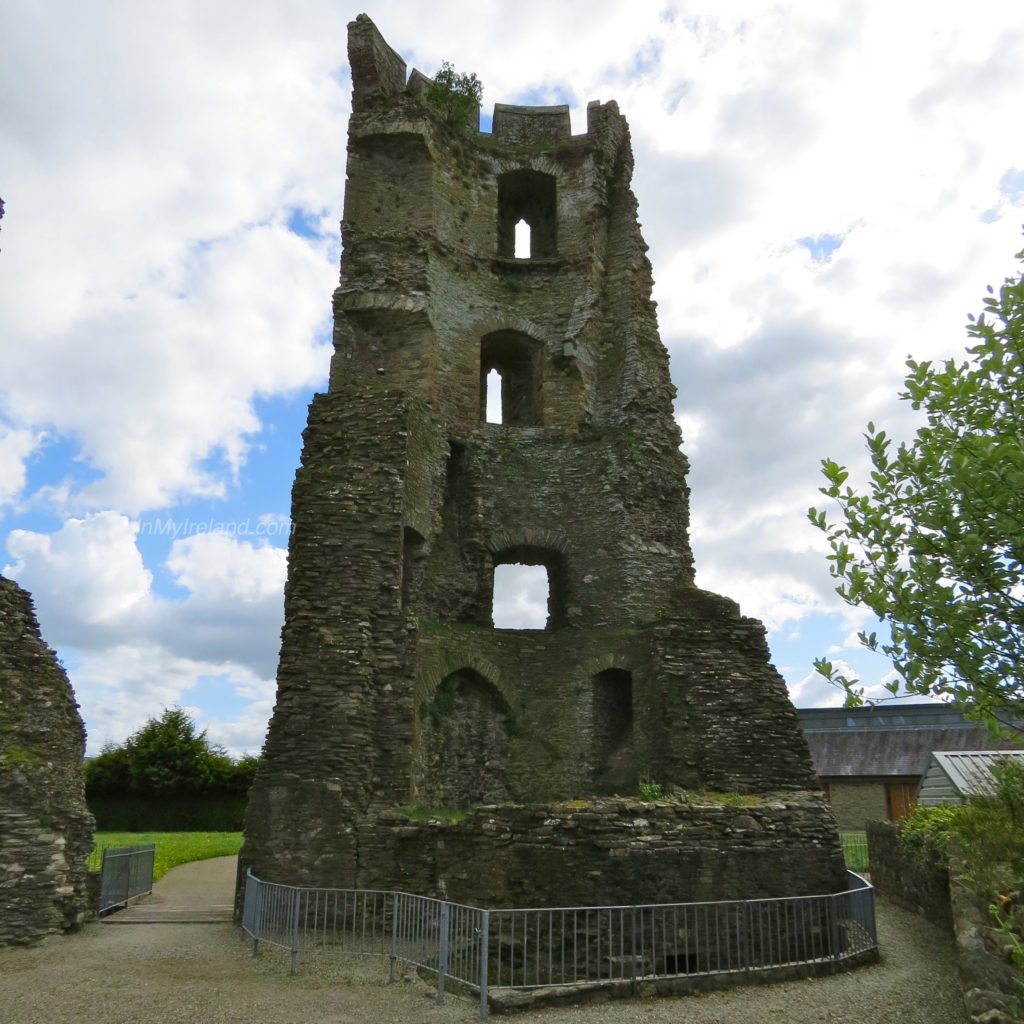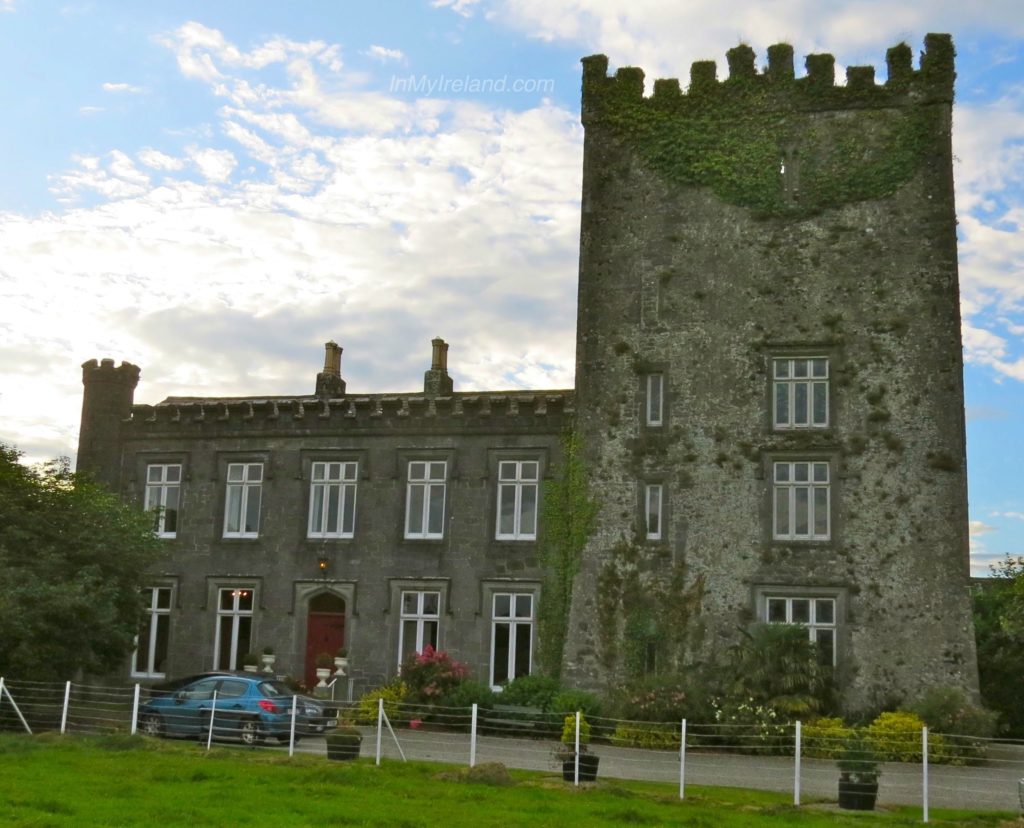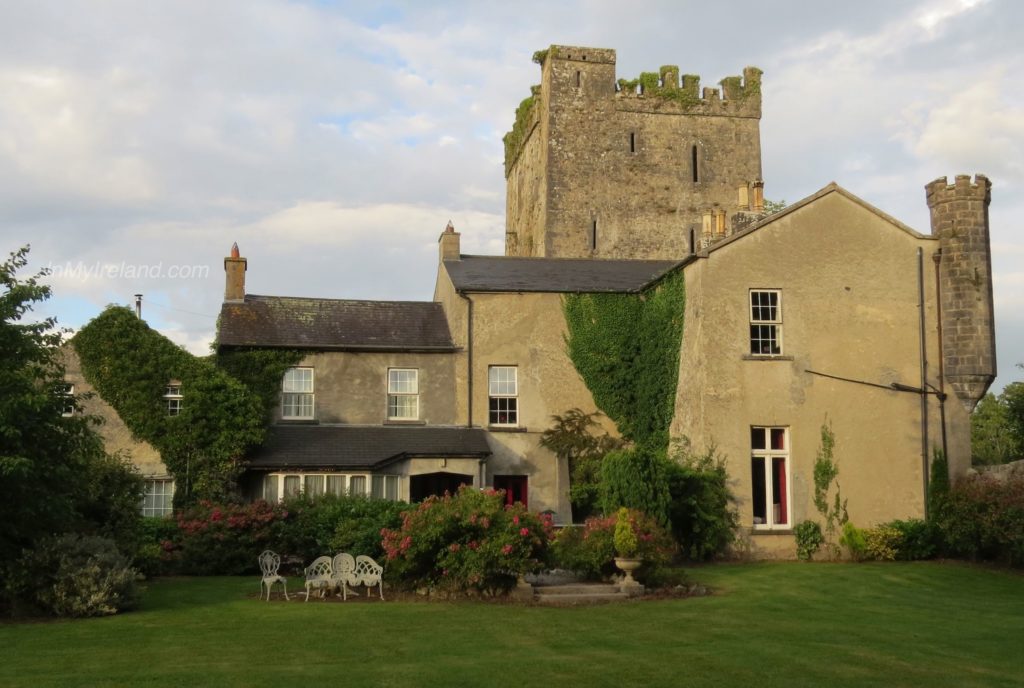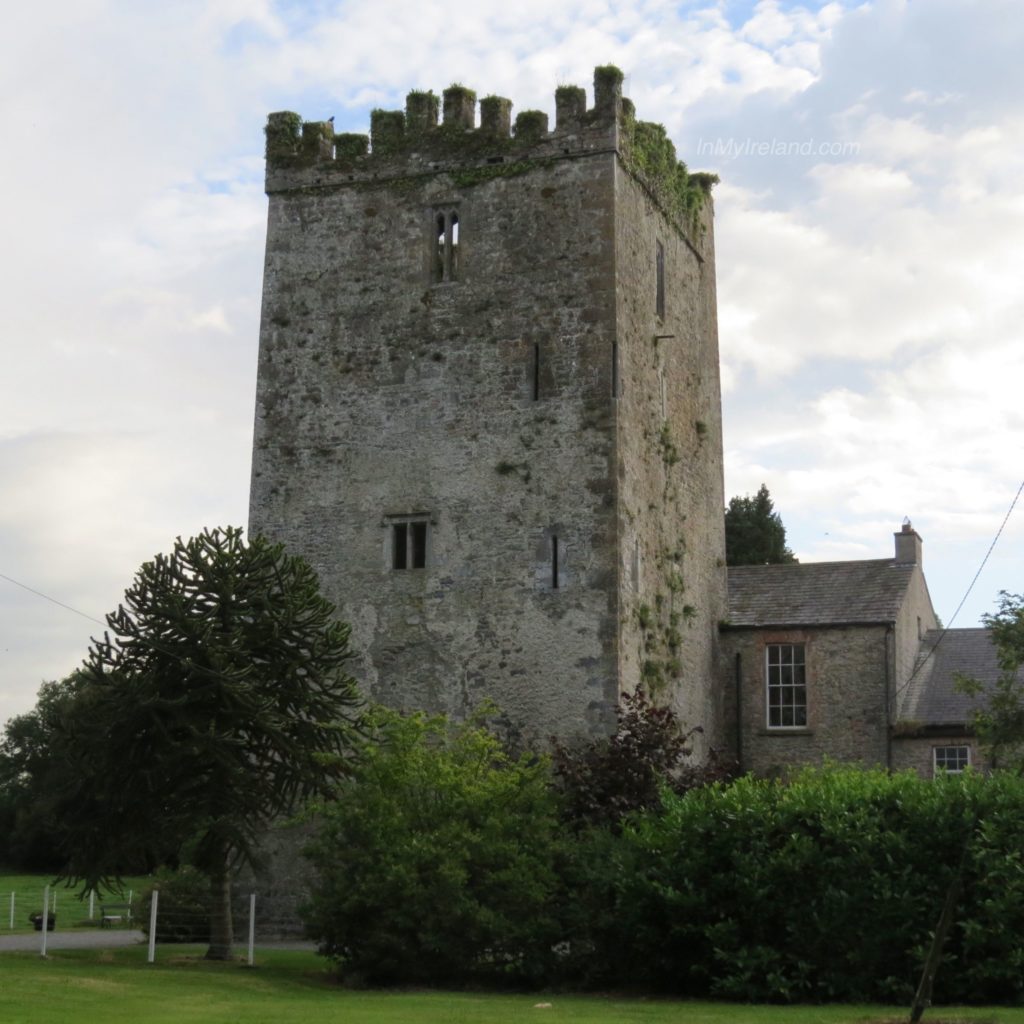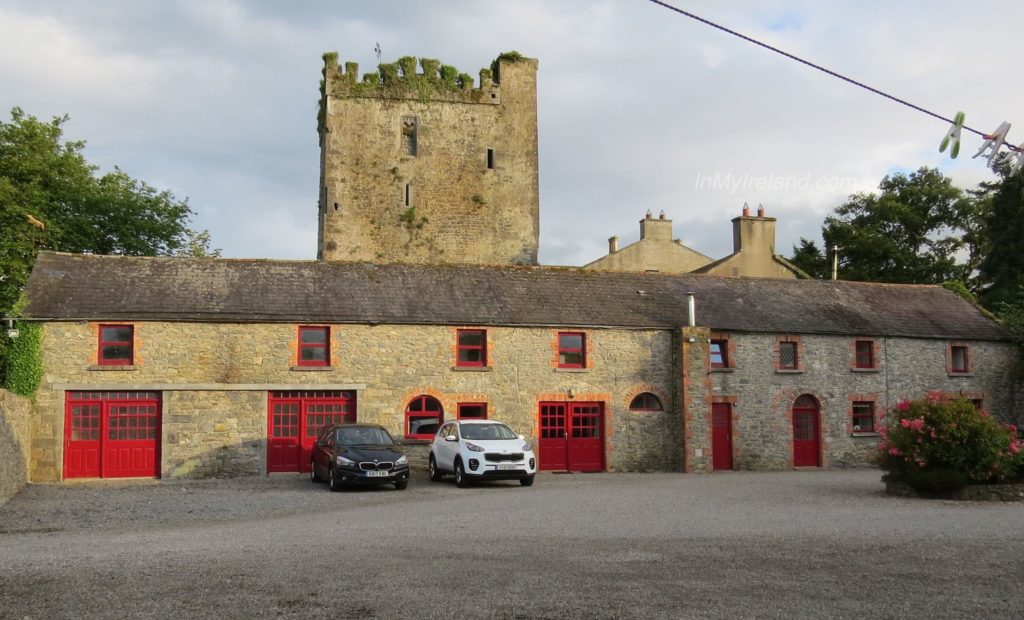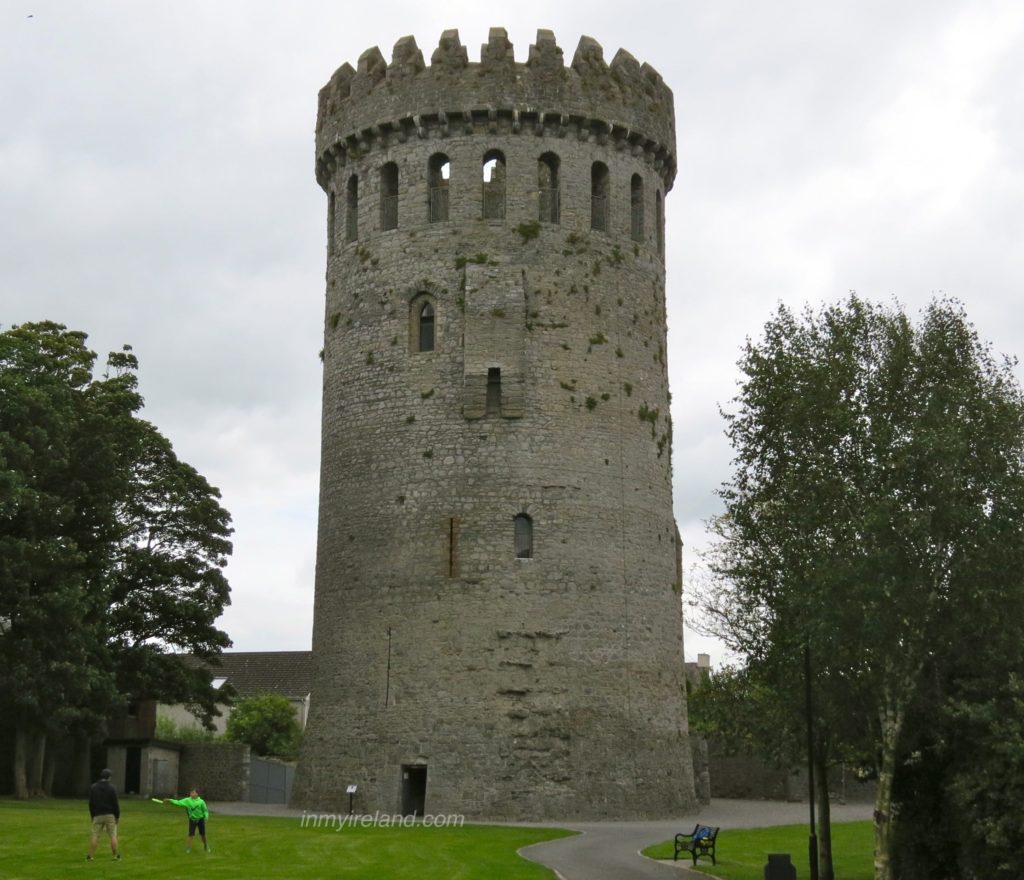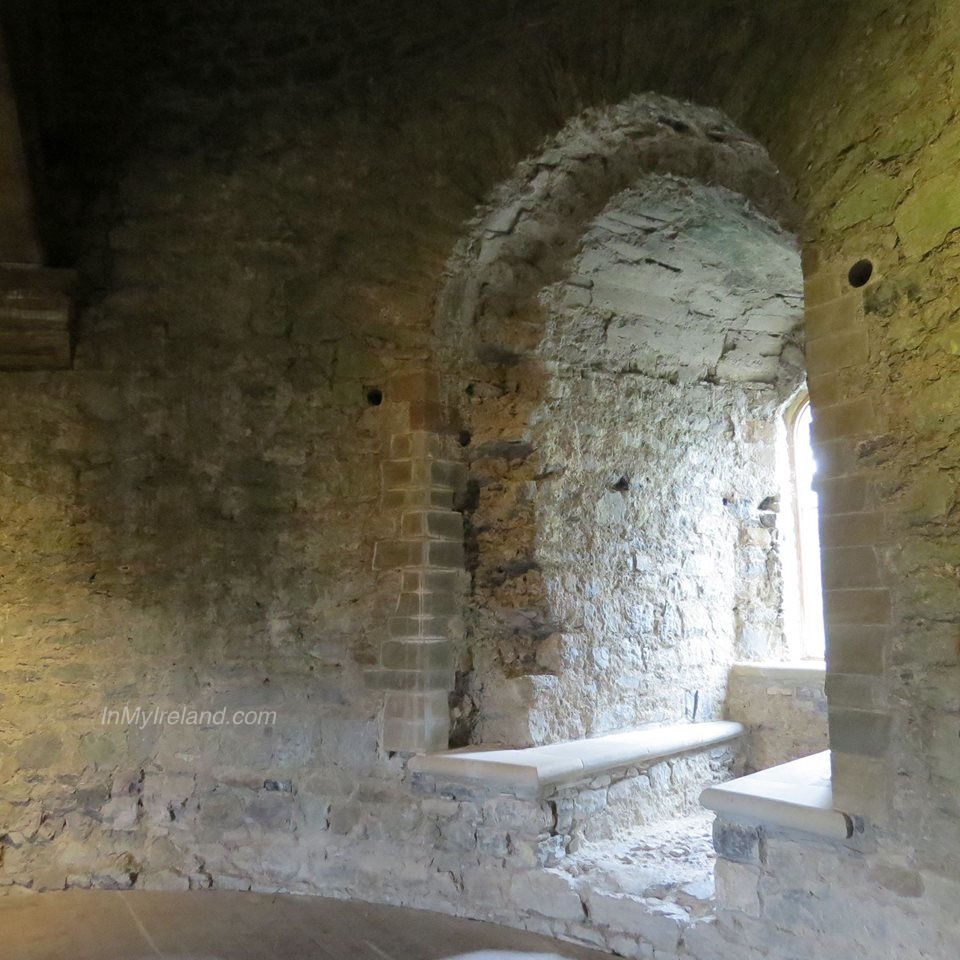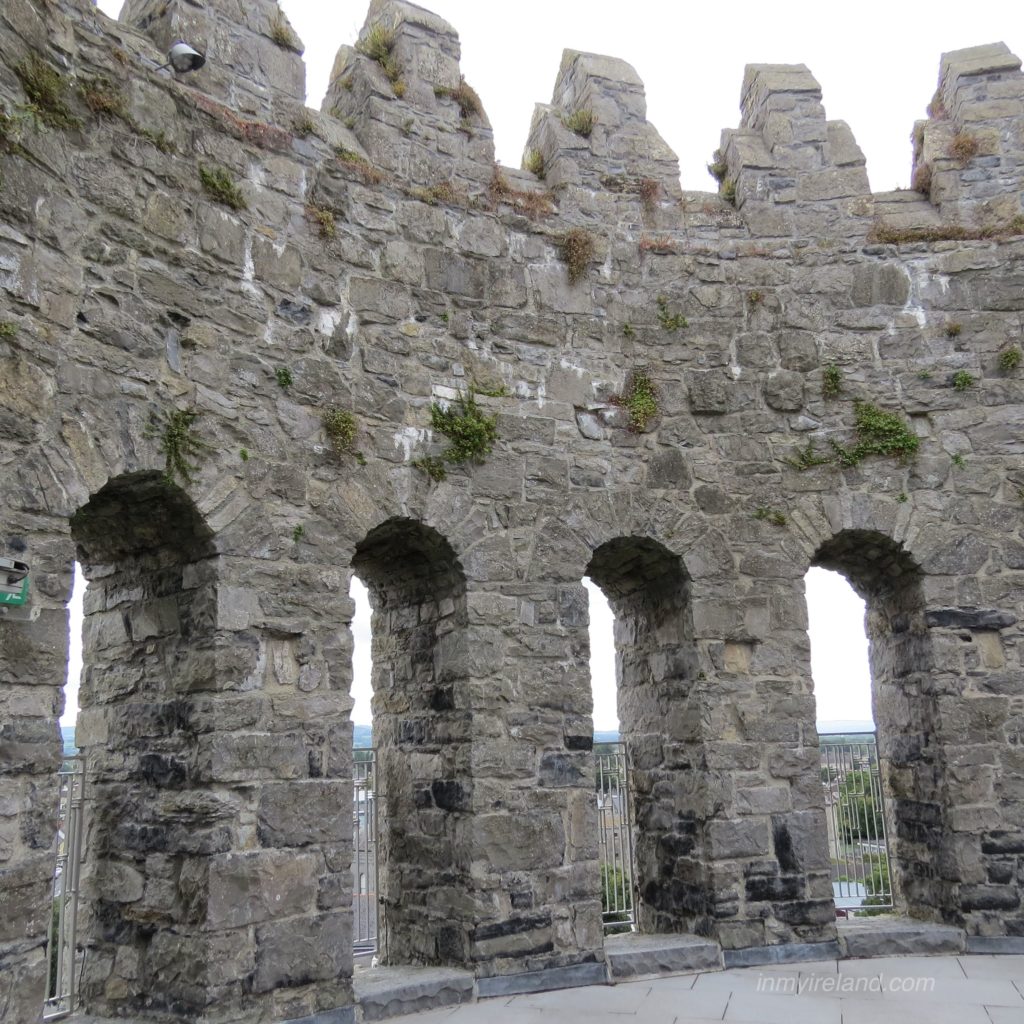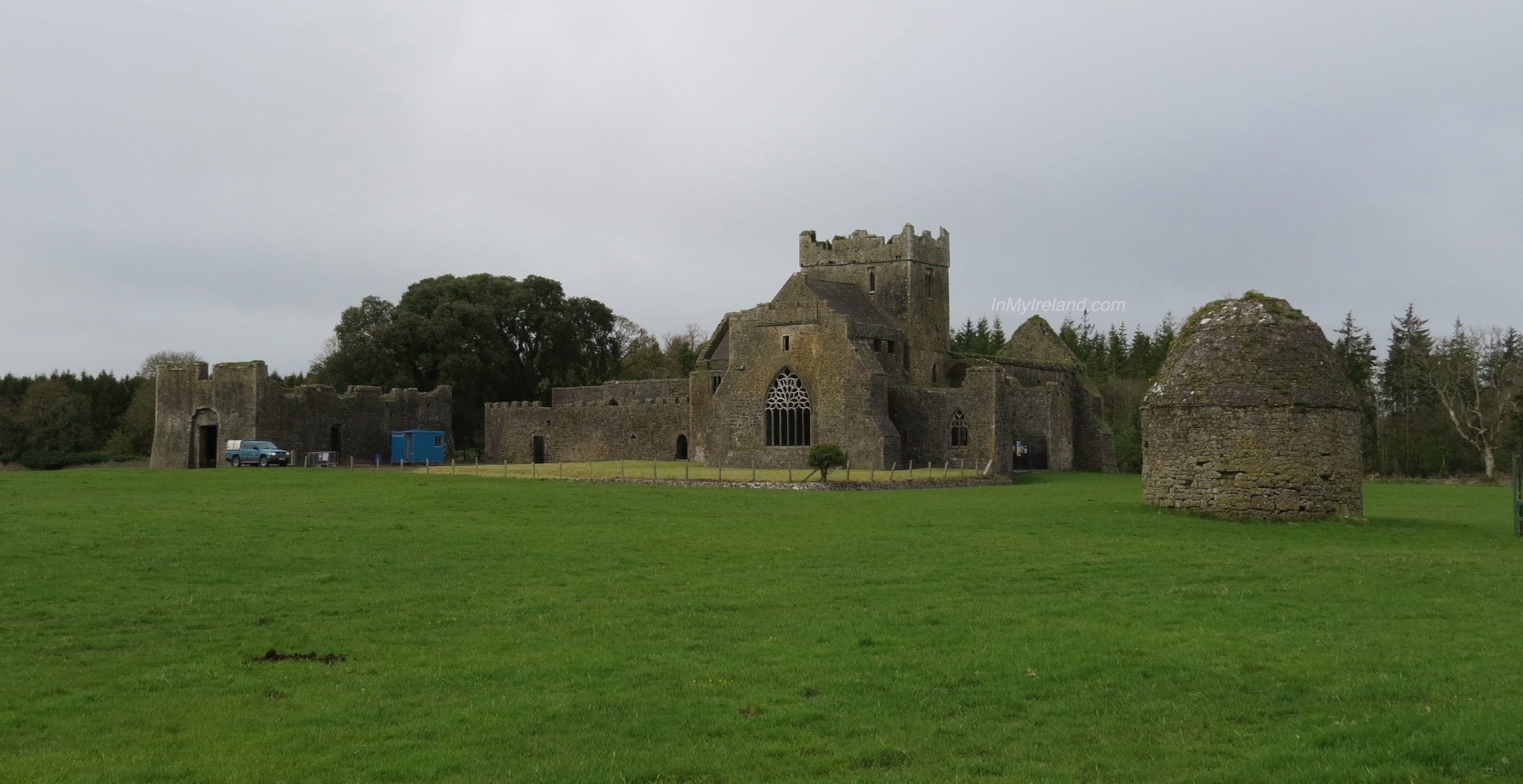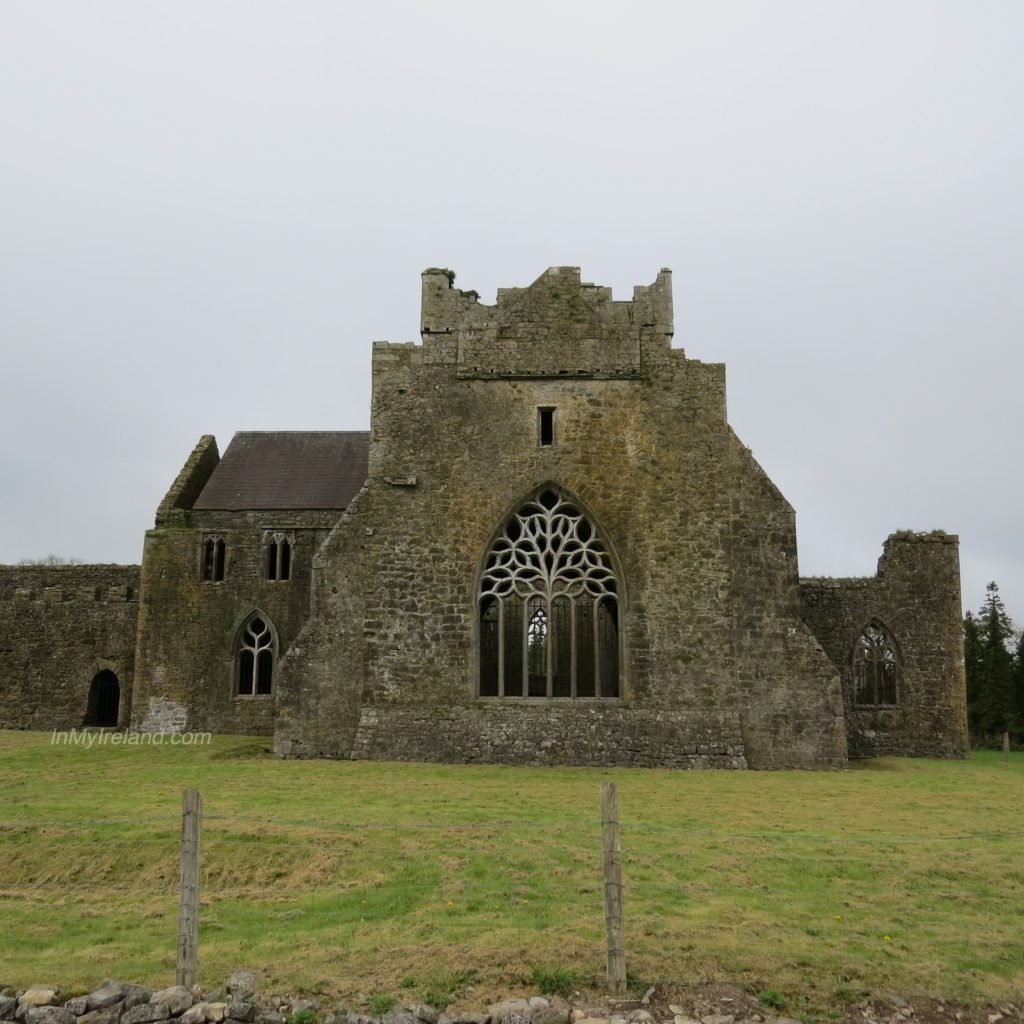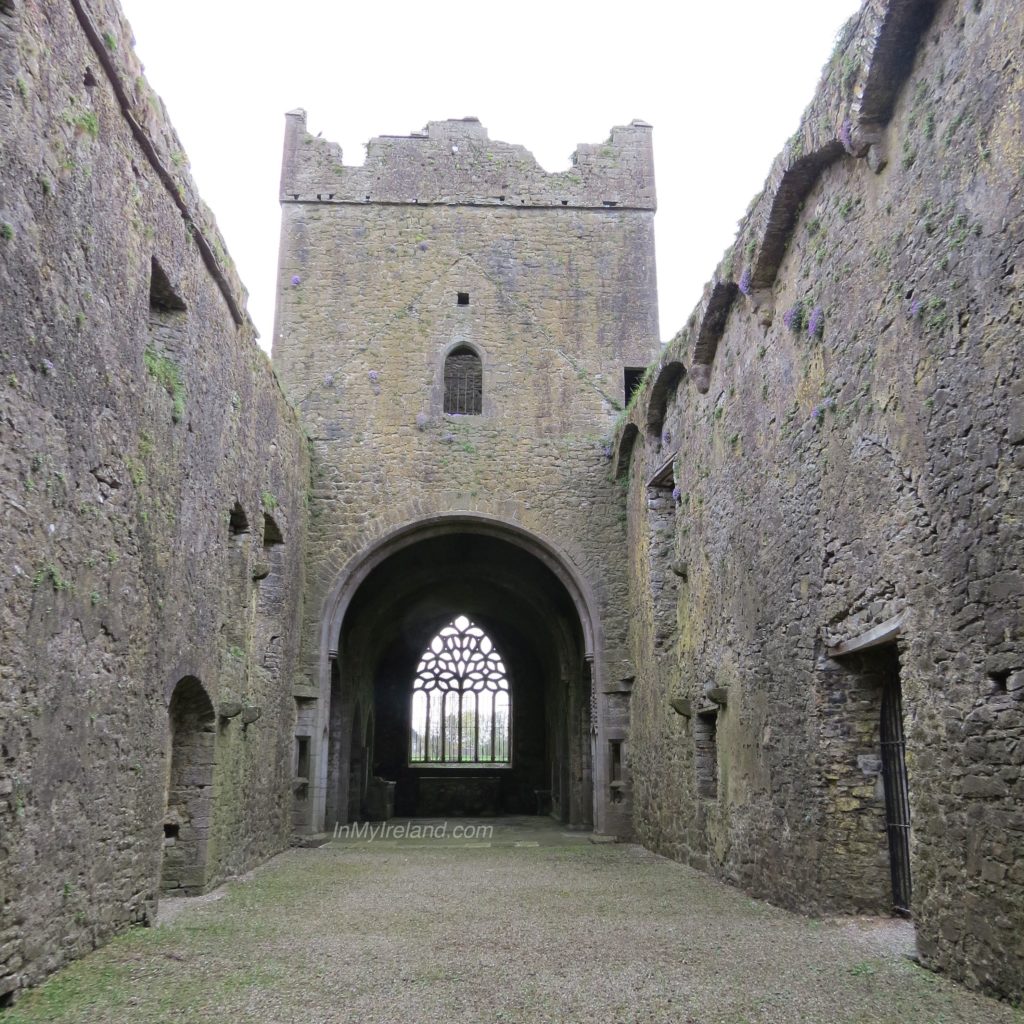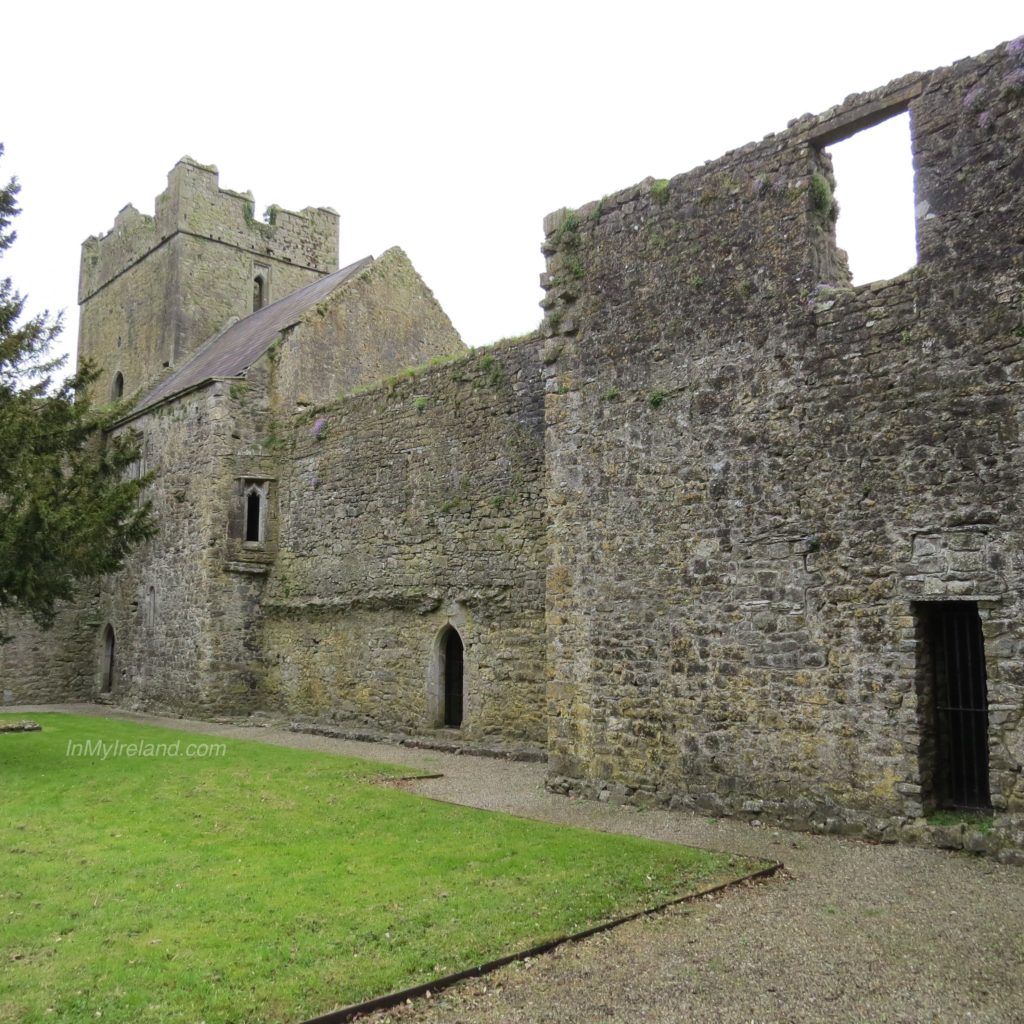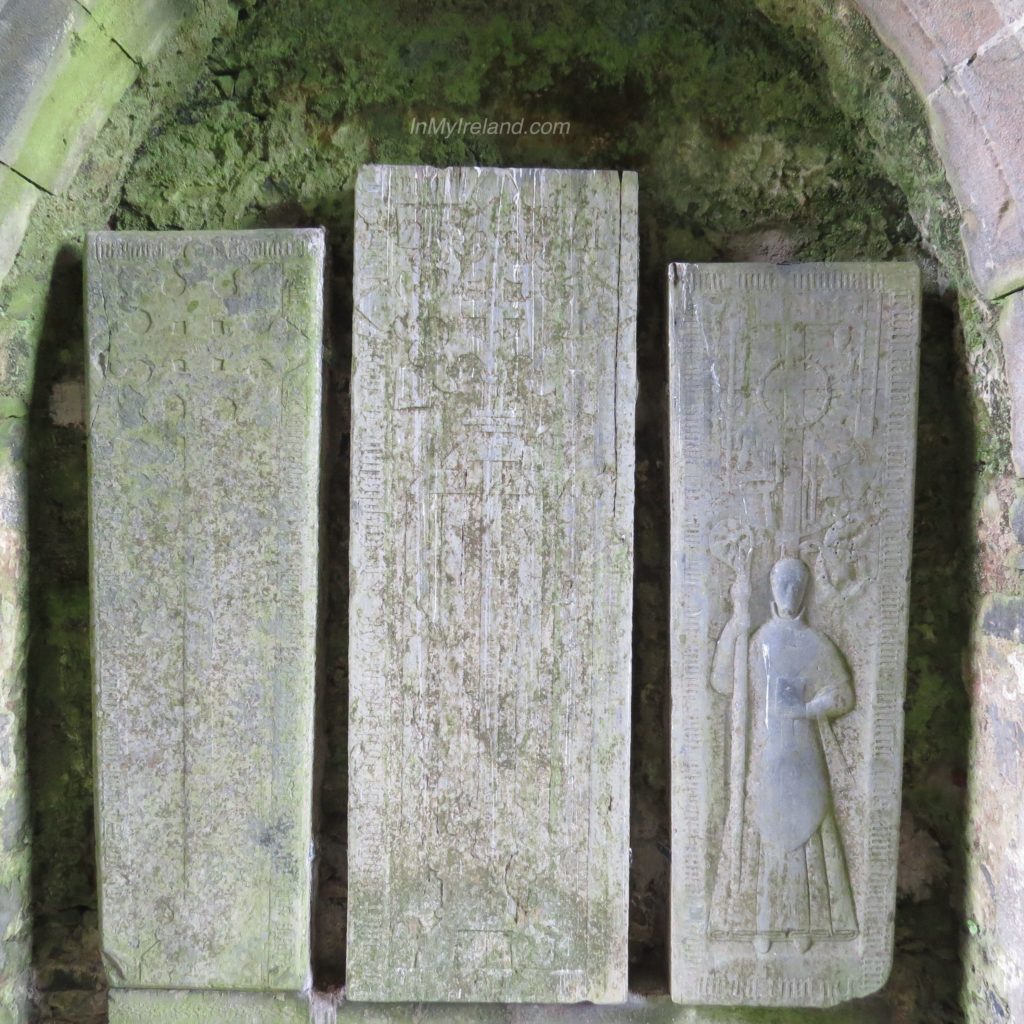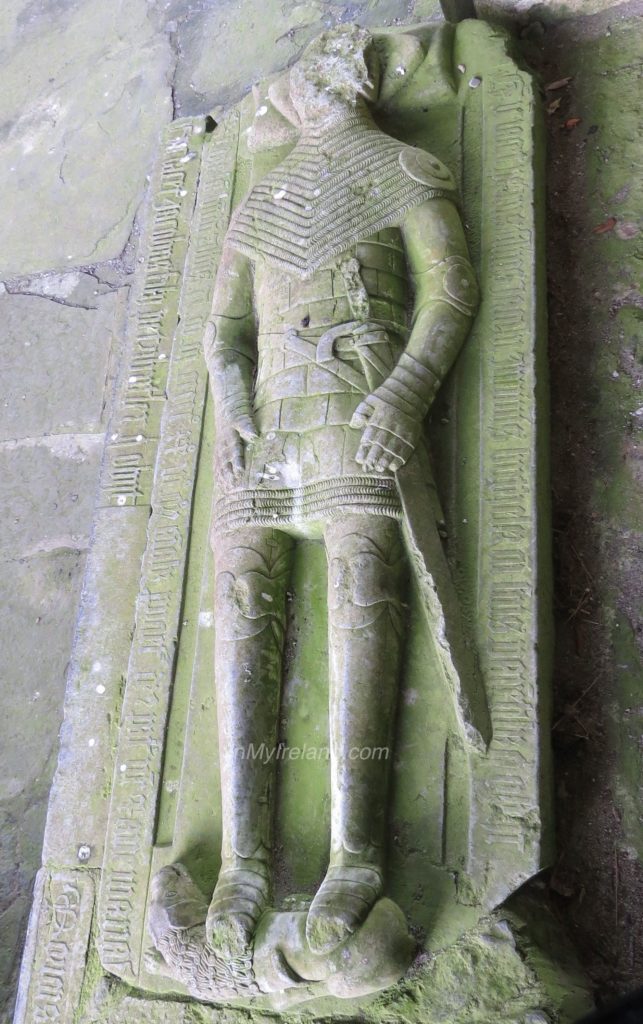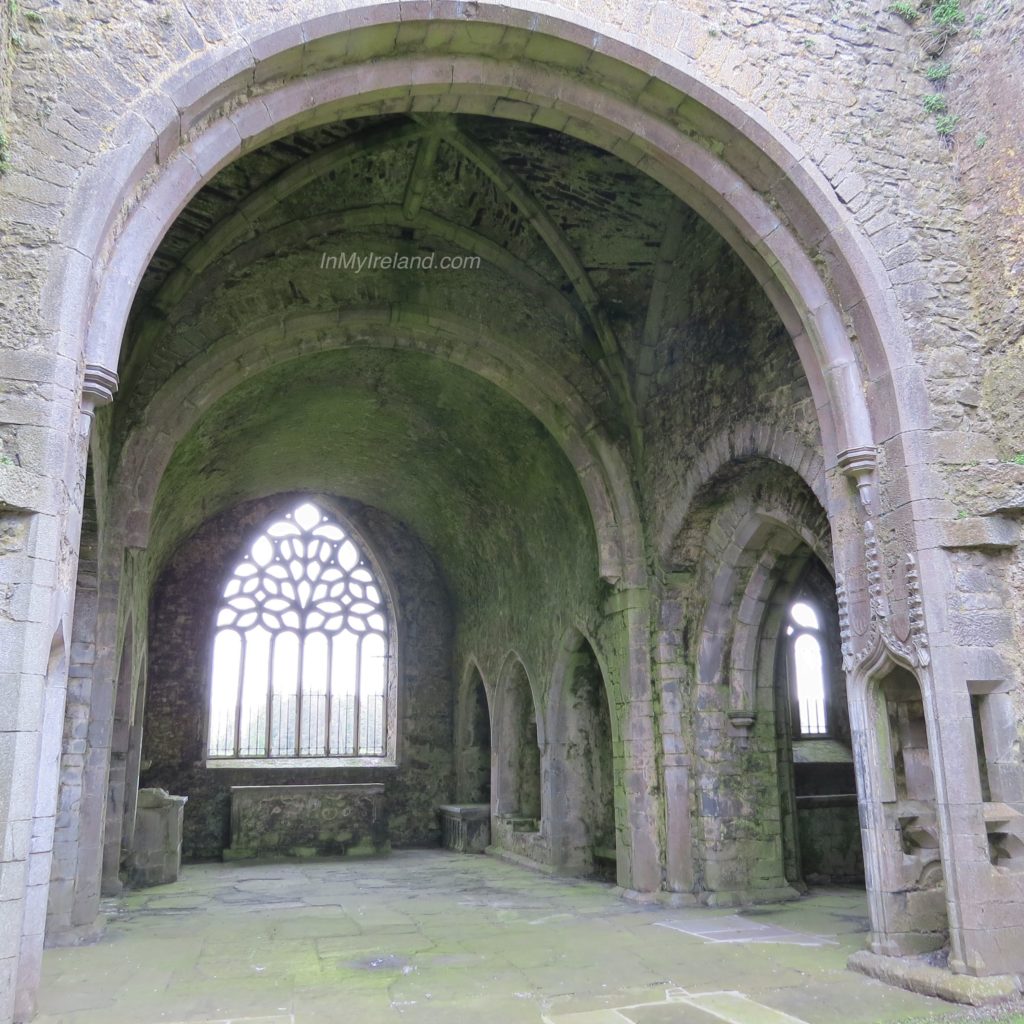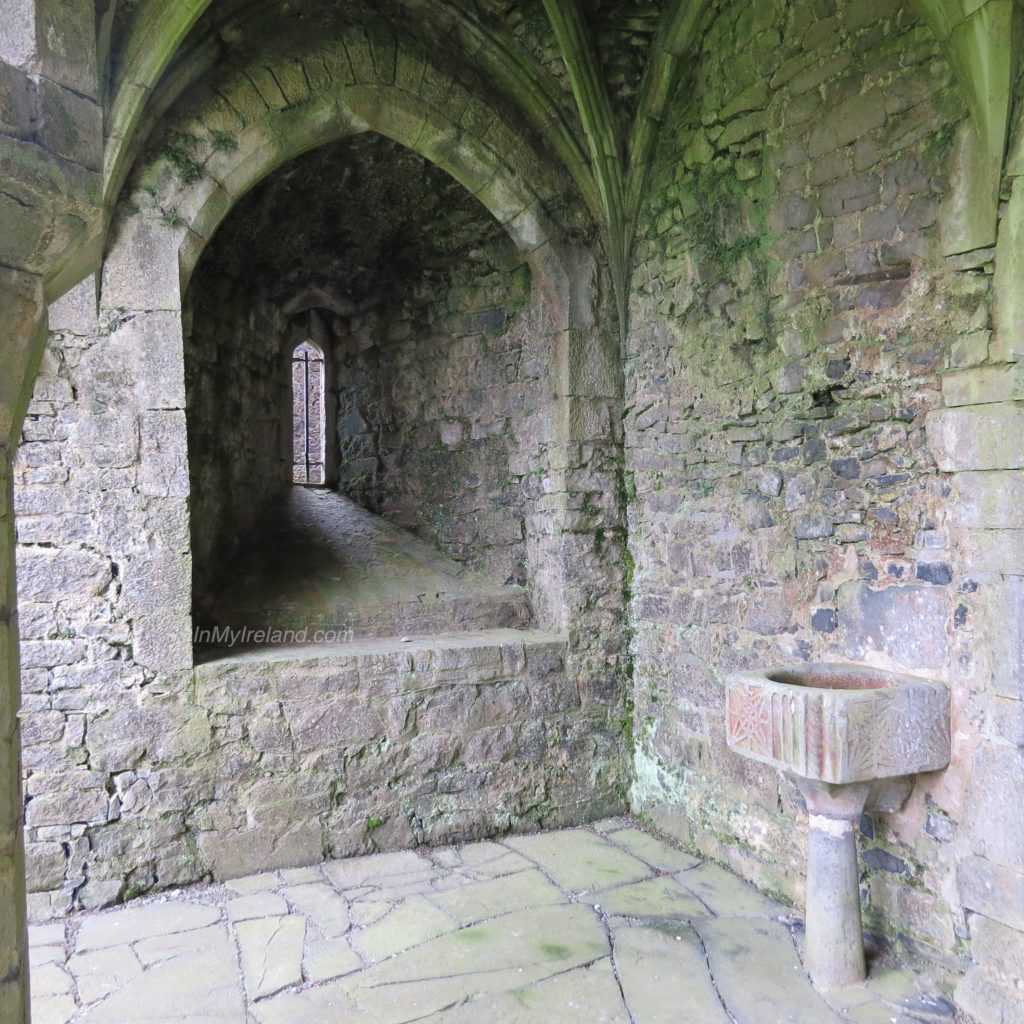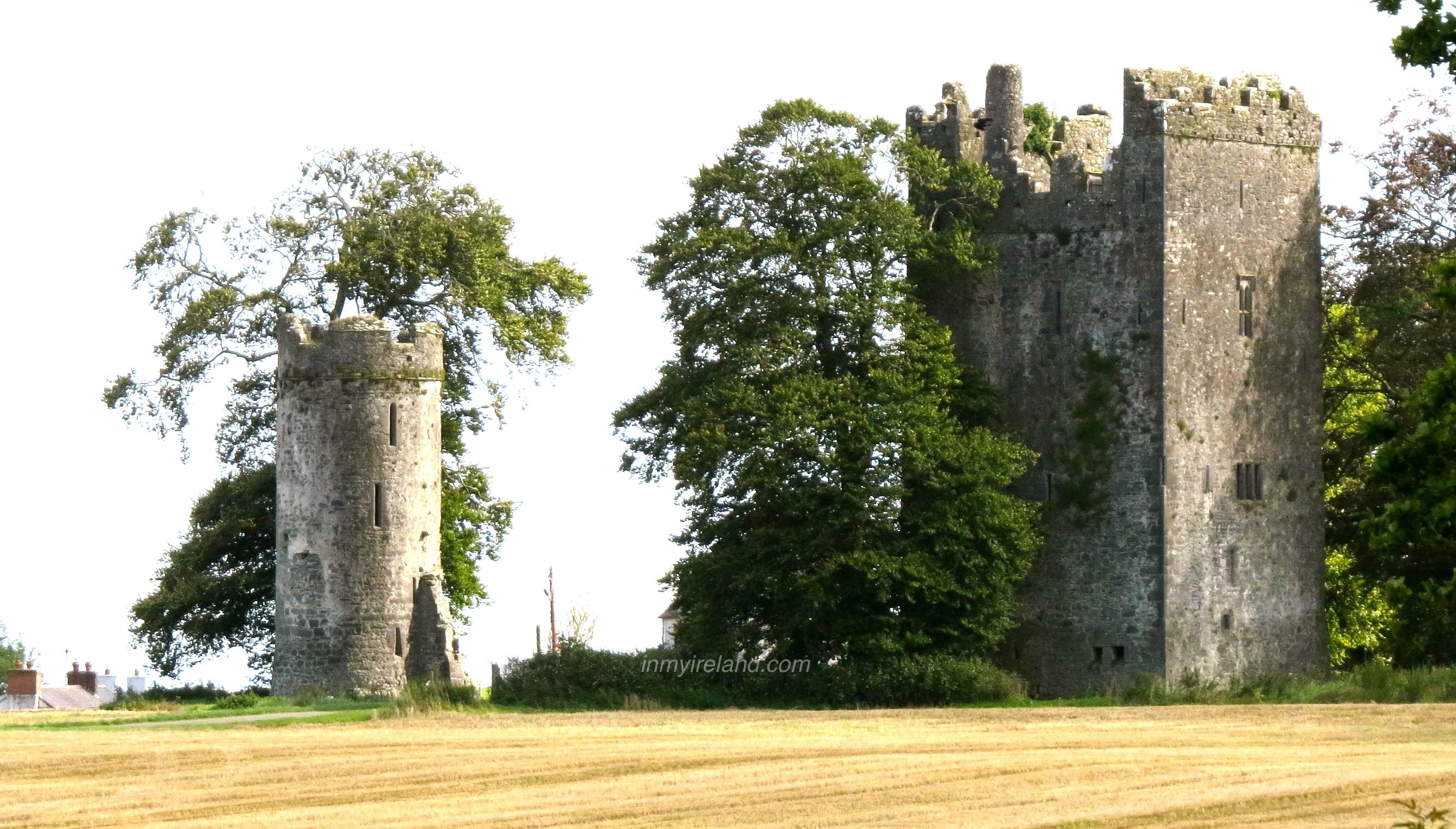We moved to Ireland 3 years ago with no idea on how, when and where to find the big and small things to start building our new lives here. From big things, like buying a car and securing accommodation, to small things, like internet and phones and which are the best places to shop at for household goods, clothes, groceries, etc. We found loads of information on immigration and the legal aspects, but the actual LIVING here, the practical things, was a steep learning curve. Flying blind as we were, we spent way too much money and learned a few lessons the hard way along the way! For that reason I decided to put together a quick guide on the nitty gritty of living here.
Cars and transport
Let’s start at the start. You will need transport and will most likely buy a car. I’ve written a post about Buying a car and getting insurance in Ireland. Read through that carefully and take your time when choosing and buying a vehicle. Trust me, after losing a few thousand Euros in my efforts to get an insured car I wished I had taken the time to ask questions and do proper research before we came!
If you can’t or prefer not to drive, there is a good bus service covering most towns, villages and all the big cities and is the preferred method of public transport (train travel is expensive and they do not cover a big area or many towns any more) . I use this site to check for bus times: http://getthere.ie Please note that bus times are not always 100% accurate! I’ve missed buses that left earlier than scheduled and waited ages at stops for late buses. Plan to be at the stop at least 20 minutes before you expect your bus to depart, just in case. If you live outside a town, village, or city and on the bus route, I found the smaller bus companies will pick you up and drop you off right outside your gate as they go past.
Schools are well serviced with regional school buses.
Finding somewhere to live
The next step would be finding and securing accommodation. For those in the position to buy a house, I’ve written a post on Buying Property In Ireland with some tips and what to expect when house hunting. Renting a property here is a bit less of an adventure, thankfully, but not a simple process. Choosing where in the country to live goes hand in hand with finding a job, if you are planning to work here as well. And this is where it gets complicated… Finding a job in many areas can be tricky and finding rented accommodation in many areas just as difficult. I’d suggest start by looking at jobs in your chosen area(s) if you do not have a job lined up already. If you fail to find a suitable rental nearby you can always commute until something comes up. Big cities have loads of jobs advertised, but the cost of rented accommodation in the cities are very high, especially in Dublin and surrounds, so renting outside the city and commuting may be a better option for you. If you want to live in a city, look at rentals and jobs in the smaller cities first. Waterford for example is a great place to live and I’ve seen some reasonable rates for rental houses there, compared to other cities.
The website www.daft.ie is a great place to look for rentals, as is www.myhome.ie and www.rent.ie. Take note of the dates the adverts were placed though and move quickly if you see a property you are interested in. There is a huge demand for rented properties in many parts of Ireland, so check the sites daily and if you see something suitable, contact the advertiser to arrange a viewing asap, as they go quickly. Many property agents (called auctioneers here) do rentals as well, some being great and very helpful. They will not do much other than hooking you up with the landlord though, the actual tenancy agreements, etc will be made between you and the landlord.
If possible have references available from previous landlords. Some landlords insist on those and many prefer it. Most would want a deposit equal to a month’s rent and a month’s rent paid upfront, before letting you move in.
For 2-3 bedroom houses, expect to pay in the region of €450-€700 per month for houses in less desirable areas, for example outside cities, rural properties, in smaller towns etc. In cities and bigger towns expect to pay from €800 to €1200 per month, depending on the city, neighborhood, etc. Dublin for example is very expensive to rent in and you can expect to pay €1400+ for a house, while a similar house in Kilkenny city would cost you around €900 per month. Electricity, rubbish removal, etc are paid for separately by the tenants in most cases, so keep that in mind when budgeting.
Most rental properties we looked at came semi-furnished, but won’t have a T.V. set, some won’t have microwave ovens, etc. Soft furnishings, bedding etc is usually not included and you will need to buy those yourself. Which brings me to the next item on the list:
Shopping
If you need electronic equipment for your house Tesco stores are reasonably priced and stock most electronic goods, as does Argos. For soft furnishings, bedding, kitchen ware etc, Guineys, Heatons and Penneys are cheap and has reasonably good quality stock. Most bigger towns and cities will have a branch of both or either. Dunnes stores has lovely goods for sale, but I found their prices a bit steep, so if you are on a budget, or would like to save money, give them a miss.
Hardware stores stock some household goods and kitchen ware as well, but check prices on more expensive items, such as electric equipment.
For grocery shopping you have a few options, Dunnes stores again being more expensive. If you are on a tight budget, or just want to save money where you can, most towns and cities have an Aldi, Lidl and/or Tesco (some all three) and they are by far the cheapest places to do grocery shopping and pick up some household items, (certain pieces of) school uniforms, gardening tools, etc. Centra and Supervalu supermarkets are fair price-wise, but doesn’t compare well with the above mentioned three on many items. Do check though for “any 3 for €10” mix and match offers and discounted offers on goods nearing their best buy dates at your local Centra and Supervalu stores. We picked up some great bargains there on meat, vegetables and fruit, as well as dairy products.
And then there are the Dealz and EuroGiant stores. I absolutely love them as they stock a range of products at VERY good prices. In Dealz stores you will find most of their items prices at €1.50, which in some cases means they sell the same branded product as the supermarket at 1/3 of the supermarket’s price! And it’s not just grocery items, I picked up some small rose bushes and assorted berry canes there for €1.50 a piece and saw similar items at the garden center for €9 to €15 each. Need I say more? I can’t tell you how they do it and how they make a profit, but they do and they are well worth visiting before you head out to the bigger supermarkets for your groceries. They are also great for stocking up on items for birthday parties, Halloween (which is celebrated enthusiastically In Ireland) and Christmas.
I mentioned twice now that Dunnes stores are on the more expensive side, but don’t dismiss them completely. I have found some good priced items of clothing etc there, so they are worth looking into from time to time, but shop around before making purchases there.
Broadband and phones
A very important part of our lives nowadays is internet (broadband) and phones. Let’s start with phones and calls. The main cellphone service providers here are Vodafone and Three. Though there are smaller companies, I’ve dealt with these two and would recommend them from personal experience. For phone calls, especially international calls, go with Vodafone. If you buy prepay credit (called “top up” in Ireland) buy €30 vouchers. This will give you 500MB data and 100 free international minutes. International call rates after that is really cheap and this is interesting: I make a LOT of international calls and they noticed and reduced my call rates over time to less than 20c a minute!
For mobile broadband Three is the cheapest and most reliable. Buy a €20 top up once a month and they will give you uncapped (unlimited) broadband for approximately a month every time. Though they’ve been threatening to change that for a year now, I found it’s still the case at the moment and is great for home use. If you can get adequate signal/coverage at your home, buy a small modem at the Three store, get a sim card in there, get it activated and remember to top up once a month to keep you online. Those little modems provide a generous WiFi signal from which you can run 2-3 devices without too much trouble. I found my modem “goes to sleep” at times, or the internet speed goes way down, especially after a period of inactivity. Simply turn the modem off and on to get it going properly again. Vodafone offers similar modems, but I found Three to be much faster and they have better coverage in most areas.
Which brings me to cell phone network coverage. Surprisingly cellphone network coverage in parts of Ireland is spotty and in places non-existant on most networks, though the government is working on that. If you find yourself in a spot with no signal, for example in your house, walk around, go upstairs, or downstairs, or out to the street and see what happens. You may find yourself connected there. In my house for example, I almost never have signal in my kitchen, on-off in the front rooms downstairs and perfectly adequate signal upstairs in the bedrooms. And 4G broadband coverage (on my phone) in the backyard.
Landline or fibre broadband is increasing in popularity and the market is competitive with nearly all the providers claiming to have the fastest broadband on offer. If you read the fine print though, you will see it depends on where you live. Some areas have better coverage than others. The best way to determine your best option for fibre broadband at home would be to ask around locally where you live. The Irish are generally very kind and helpful and would happily tell you which service they use and if they’d recommend it.
Banks and banking
Banking in Ireland is pretty straightforward and opening a bank account very simple. Go into your bank of choice and let them know you would like to open an account. You’ll need to take two documents with you: one valid form of photo ID and a document to prove your address. Your passport, driving licence or national identity card (if you’re an EU citizen) are all accepted forms of photo ID. They will want prove that you live where you say you live before you can get your bank card or do much with the account though. I struggled for a long time to get my card from Bank of Ireland, because I could not provide the perfect piece of paper that they deemed acceptable as proof of residence. I believe they have changed that recently though and now post you something that you need to send back to them. Check with the bank what is required when you open your account. Also get them to help you set up online banking and run you through it all. Most banks here now prefer you do most of your banking this way.
A note on proof of residence: An insurance document mailed (for your car for example) is accepted, as is a utility bill, or any other official document mailed to you. See if you can get ESB (Ireland’s electricity provider) to mail you something to your new address asap, so you can use that as prove of residence. You will be amazed how often you will need it! Also make sure ESB addresses the document correctly! I’ve had them get my gender wrong twice already and that makes the bills “unacceptable” for the banks as prove of where I live. Without that proof of residence you may have difficulty getting some things in order, such your drivers licence, banking, etc. So get something asap. A tenancy agreement is NOT accepted. It has to be a more “official” document.
Your Personal Public Service Number
Along with proof of residence you will often need a PPS number, which is your personal identity number and will go on record for everything you do from applying for a driver’s licence, to attending school. See here for more info: http://www.welfare.ie/en/Pages/Personal-Public-Service-Number-How-to-Apply.aspx (Note they will need proof of residence when you apply. If I remember correctly we showed them our tenancy agreement)
Settling into your new community
Once you have secured a place to live and moved in, you will want and need to settle into your new community and let them get to know you, especially if you live in a smaller town or village. The easiest way to do this would be to go to the local pubs, or the church. Nearly all the churches I have seen around are Catholic, but they do not mind at all if you attend as non-Catholic (and in my case, completely clueless about the Catholic church), as long as you attend.
The pubs are the places where you network, introduce yourself to the community and start getting to know people. The reason for this being not because the Irish drink a lot, but because it is a popular social get together place where a lot of networking, wheeling, dealing, gossiping, etc is going on. Go in and have a pint, chat a bit with the bar tender and answer his or her questions, go back a few times and you’ll see the regulars starting to warm up to you. Ask any questions you have about the village, area, ask for recommendations, answer everyone’s questions and let them suss you out. The Irish are wonderful, friendly, helpful people, but they are a bit reserved around strangers and they will need a bit of time before completely welcoming you into their community and homes. But once they do, you will know you are in the best community anyone can ask for!
